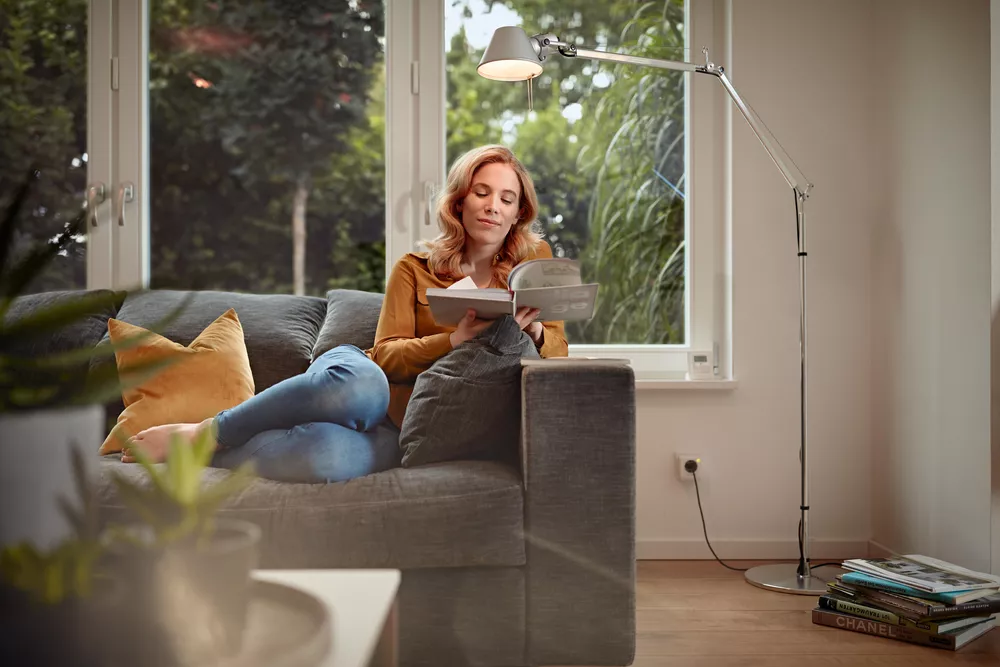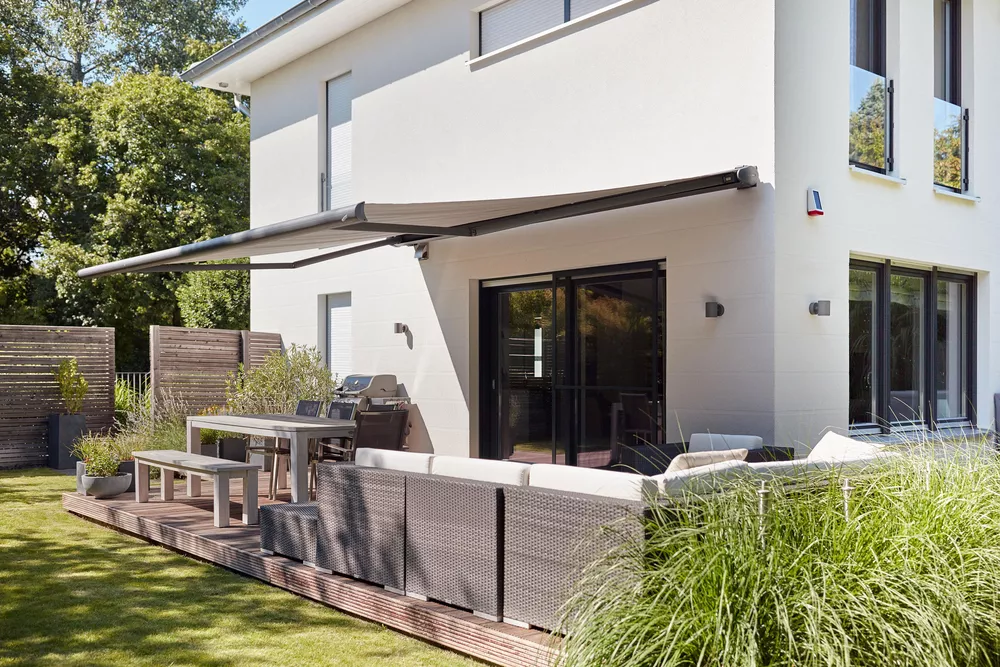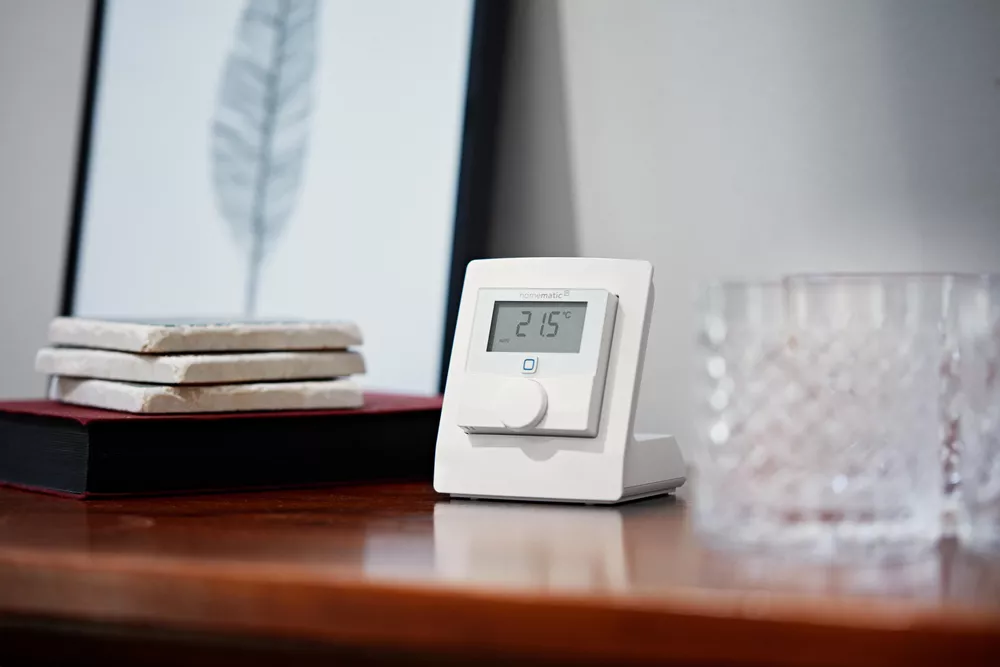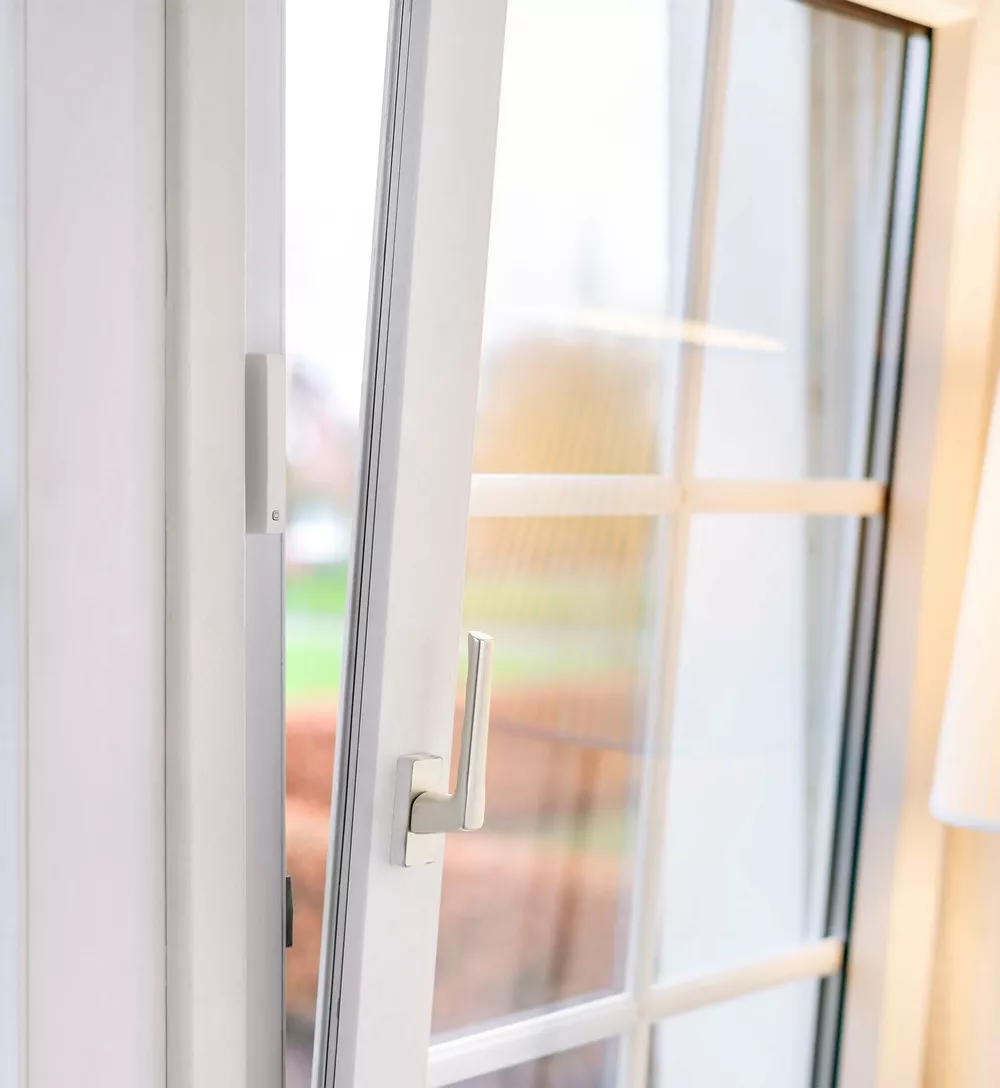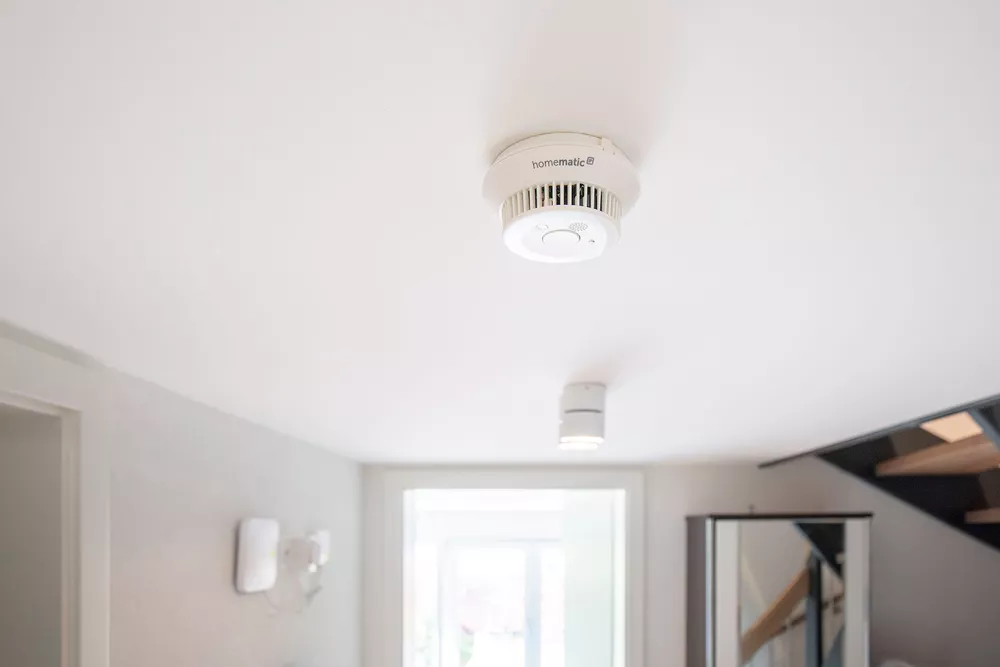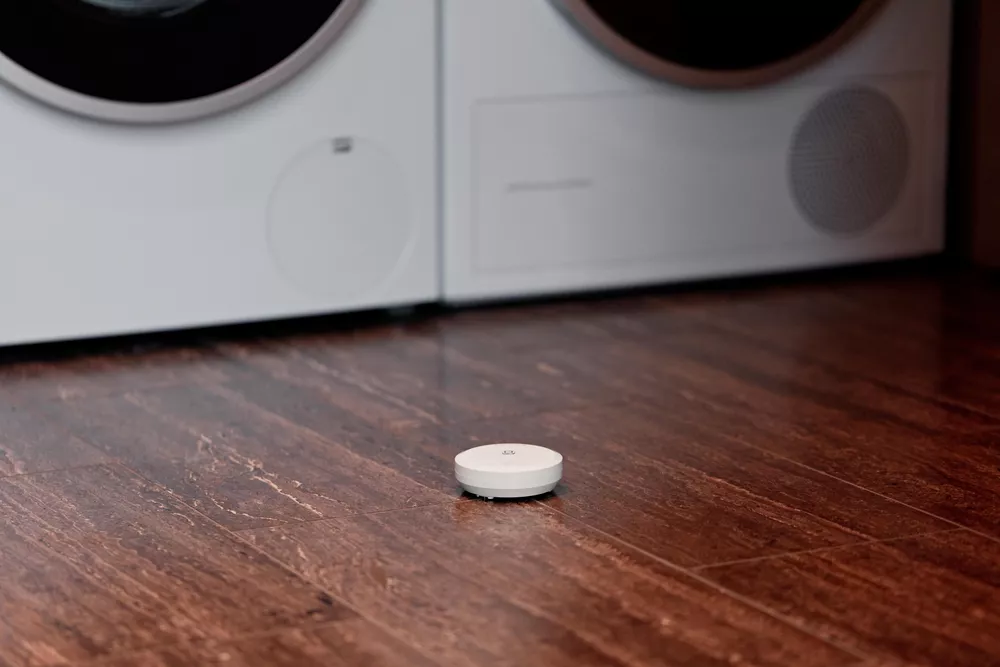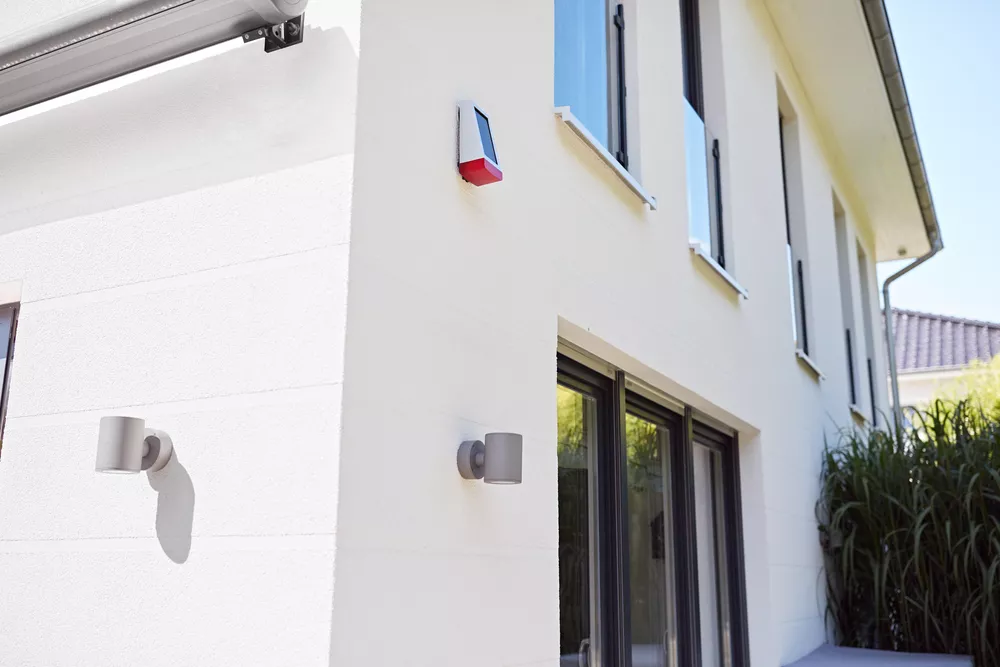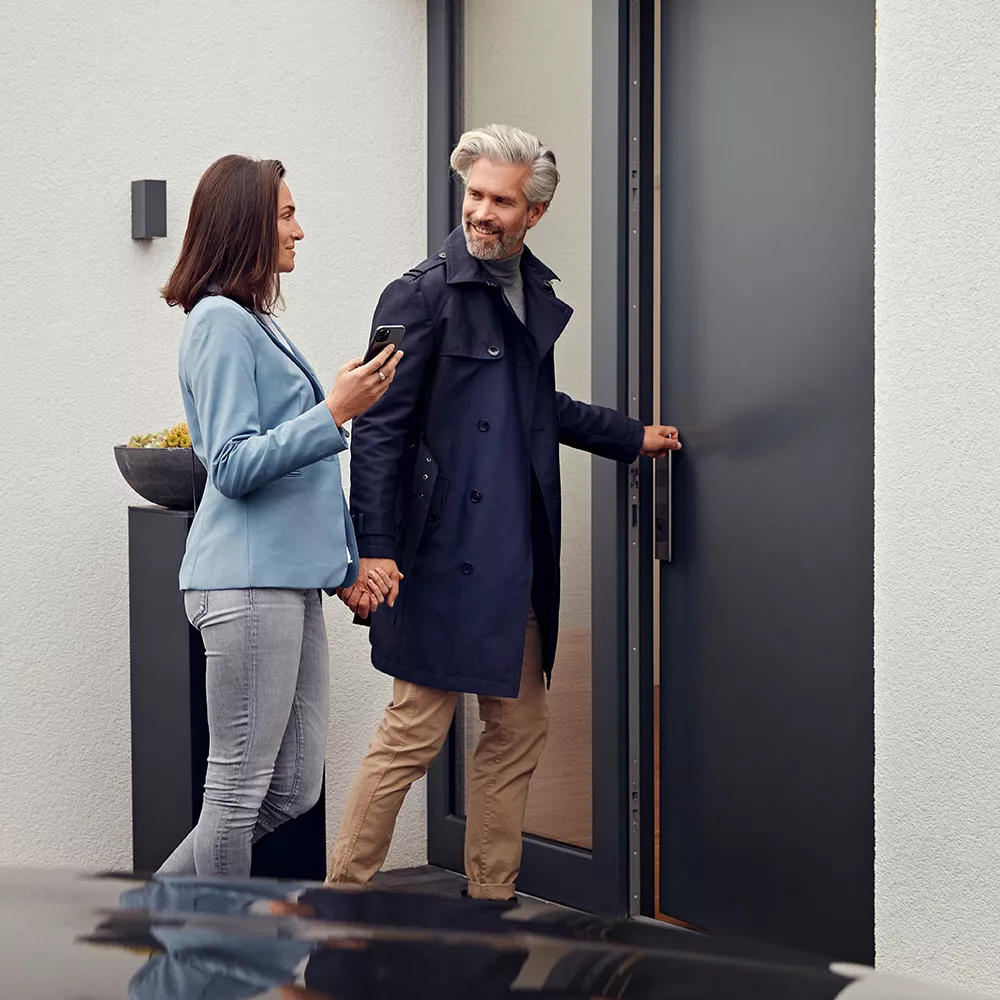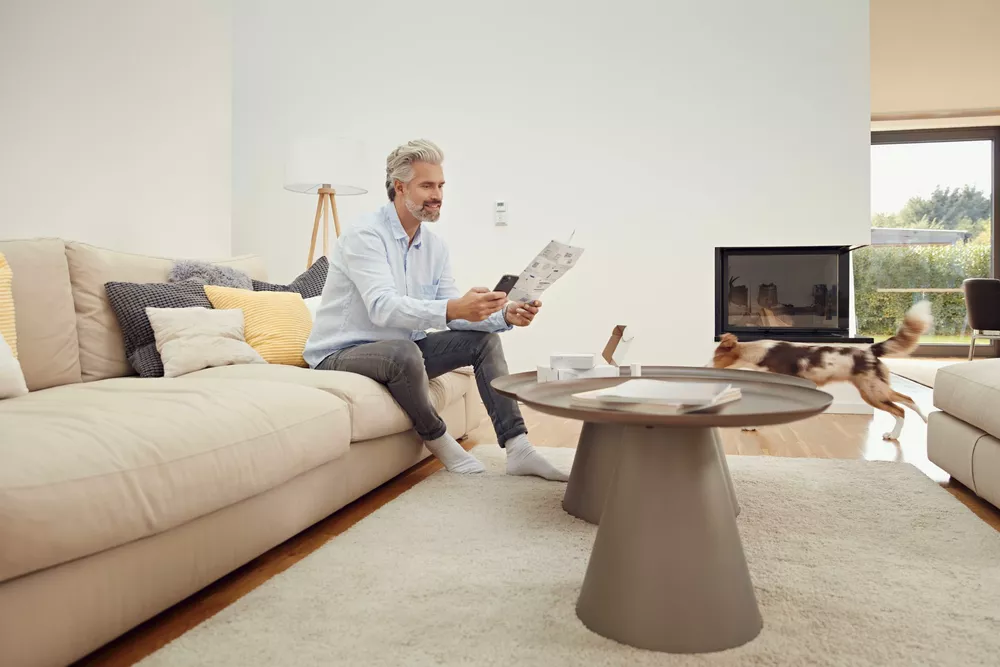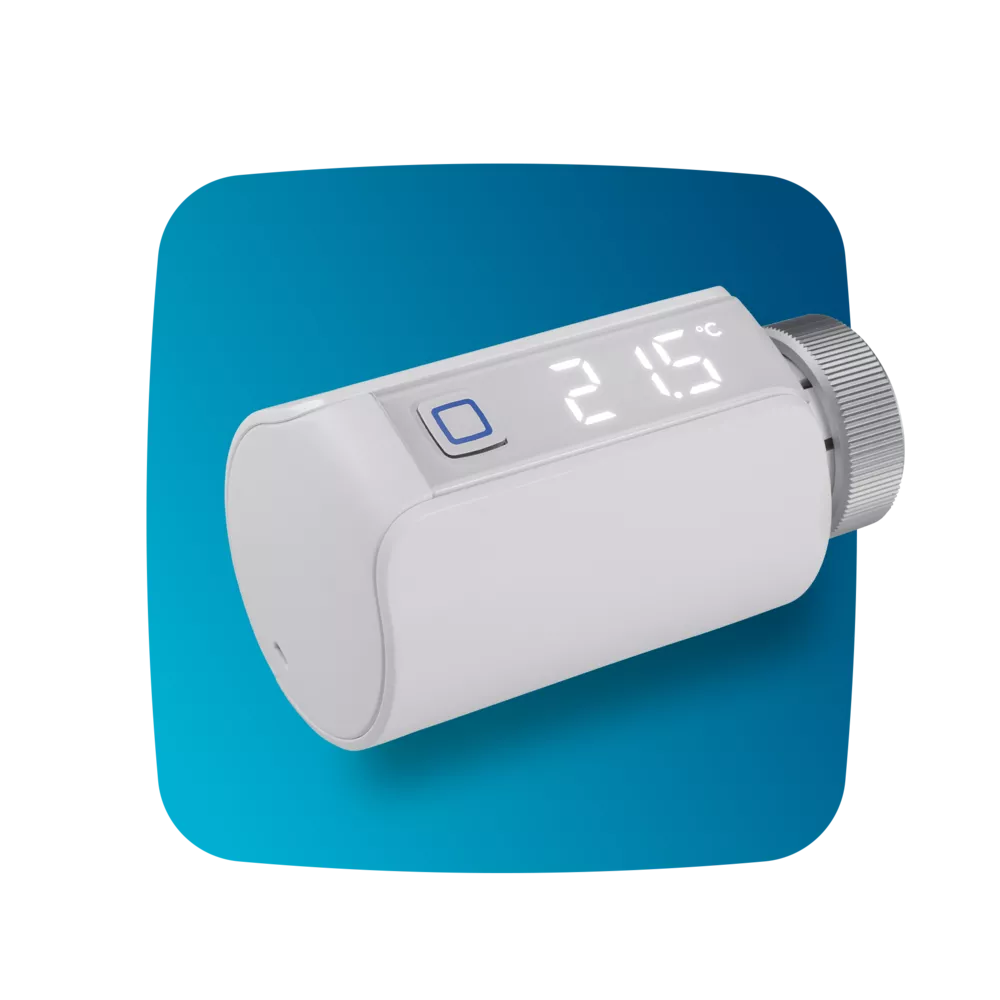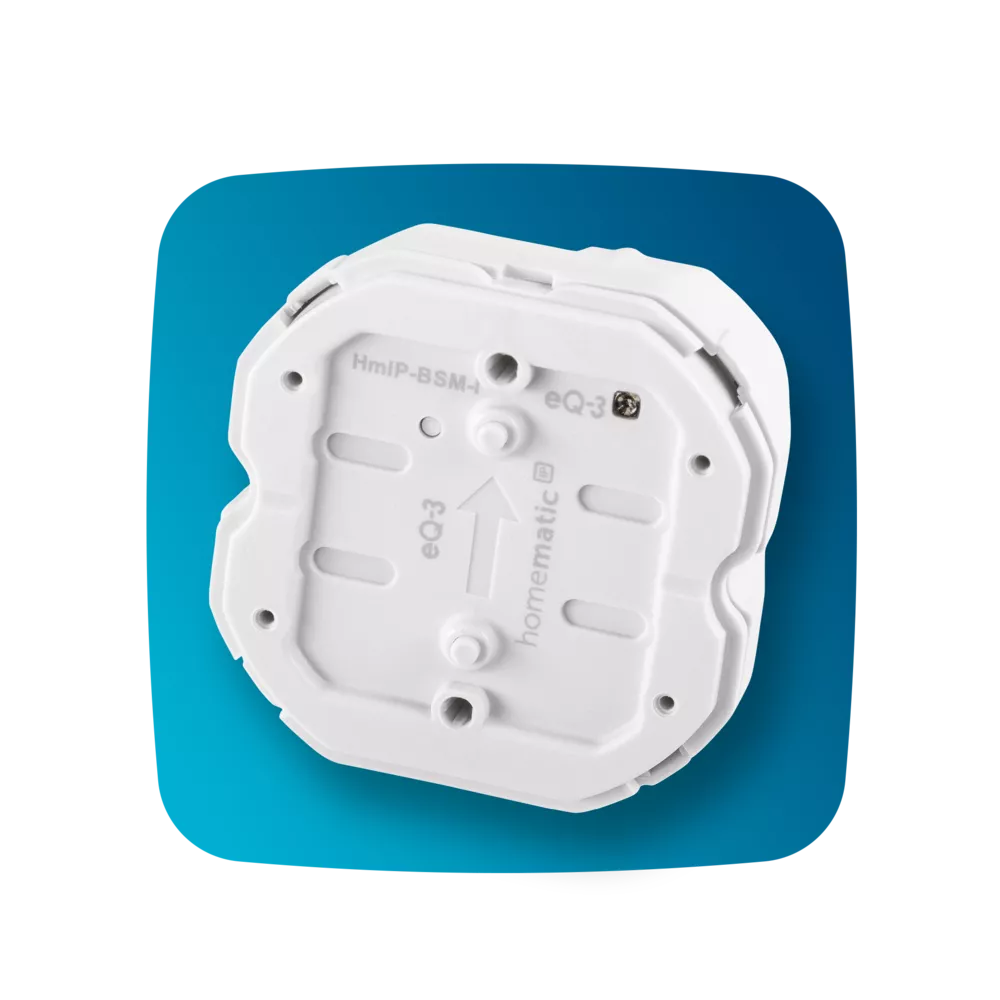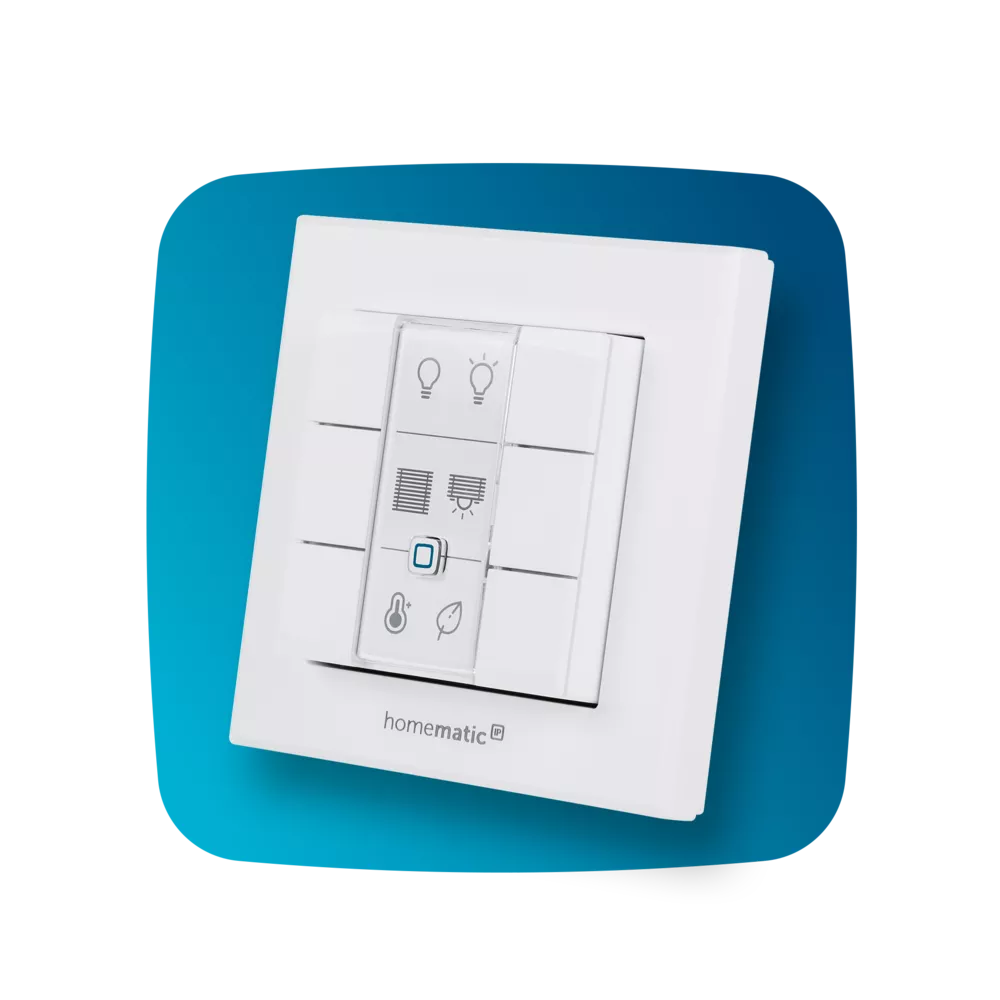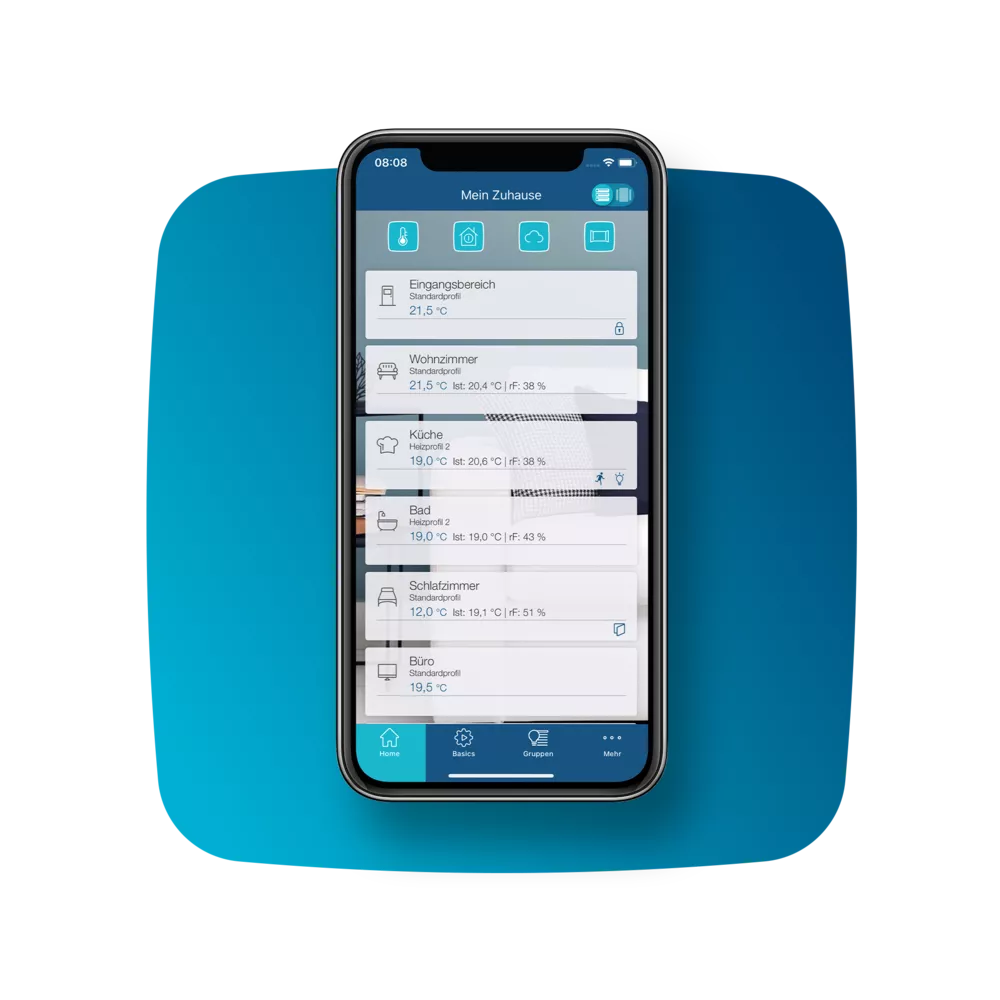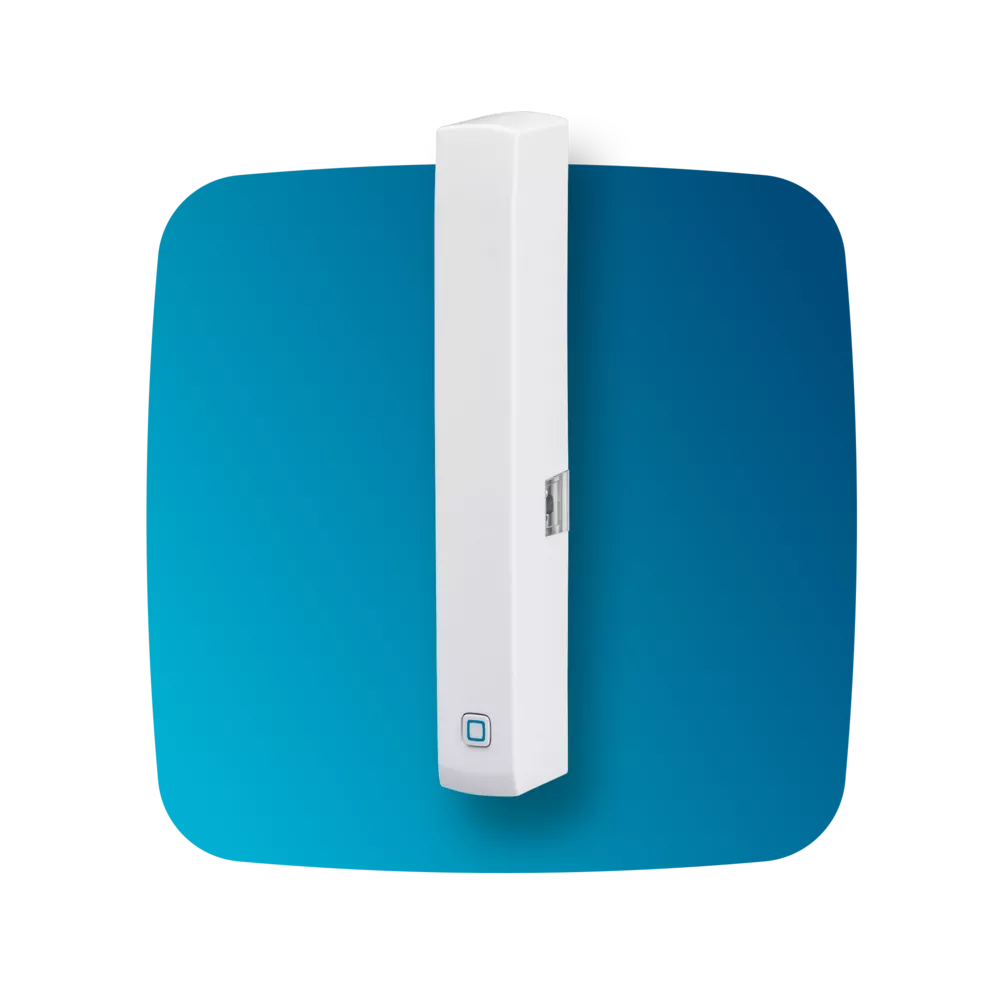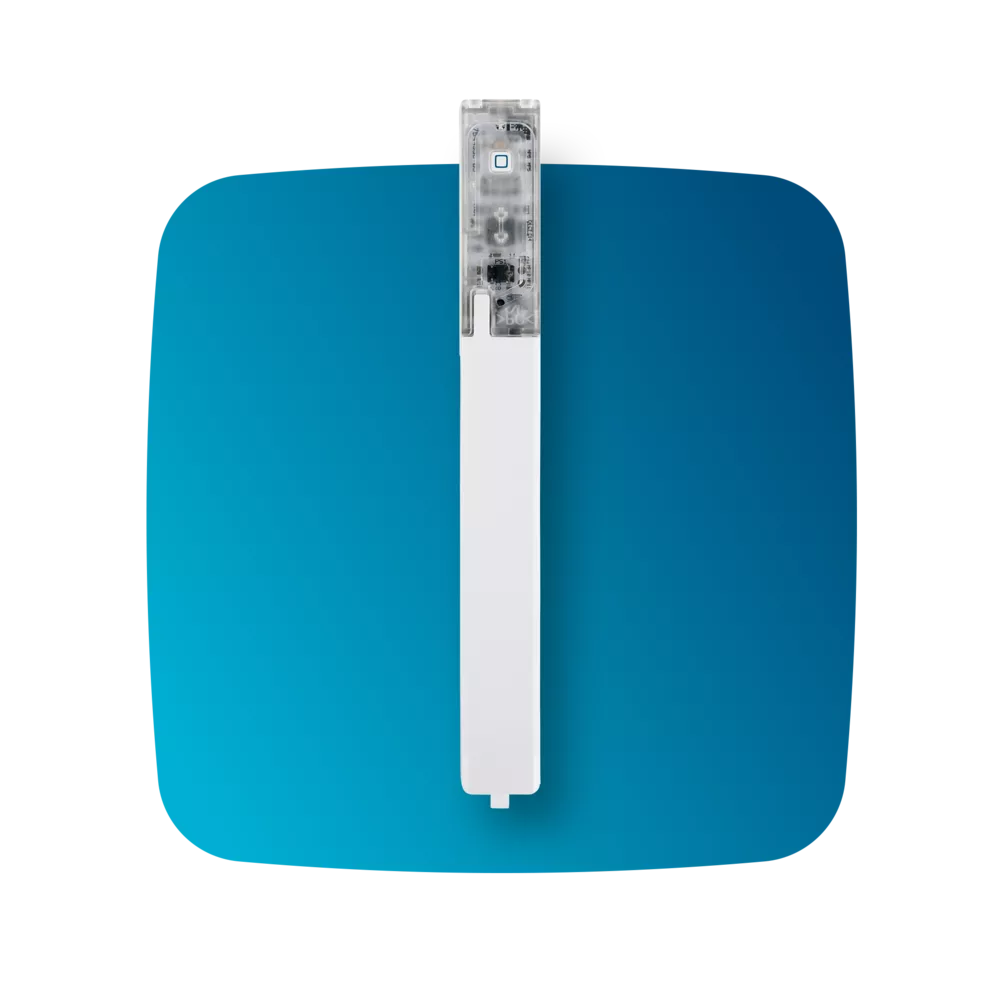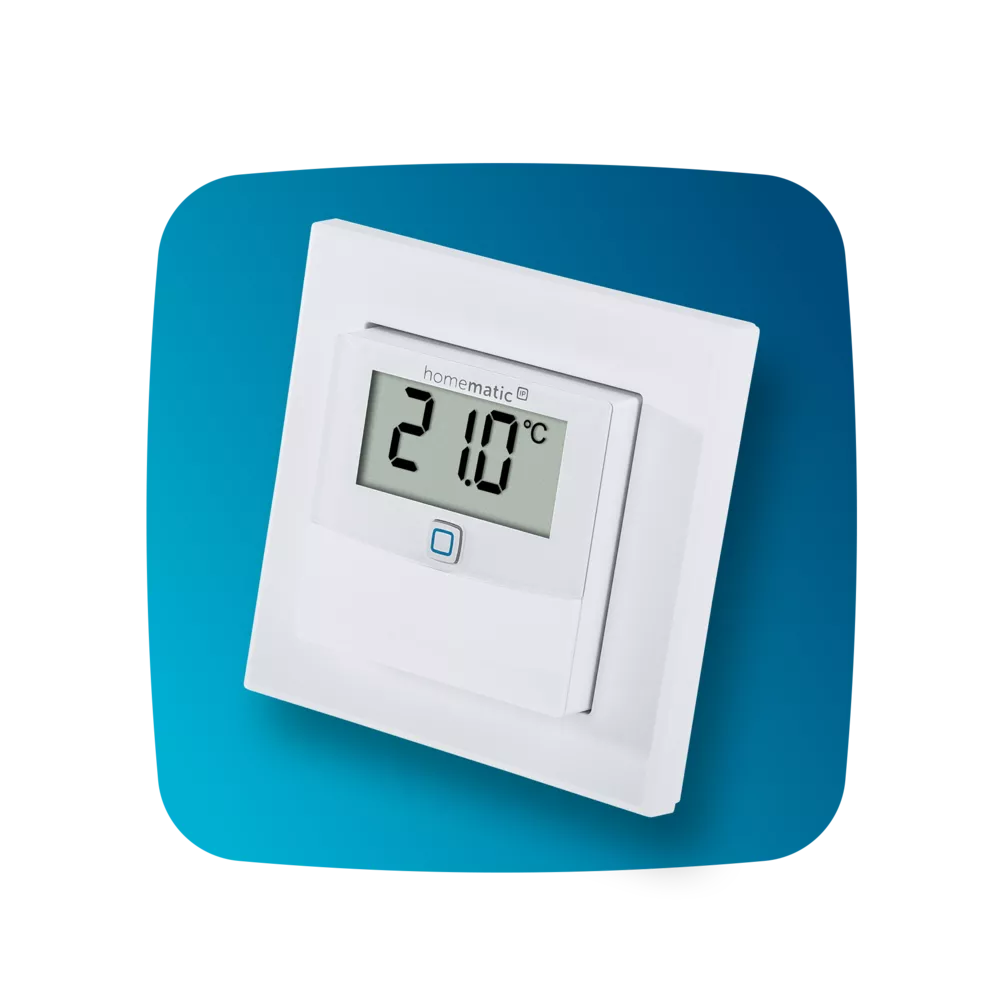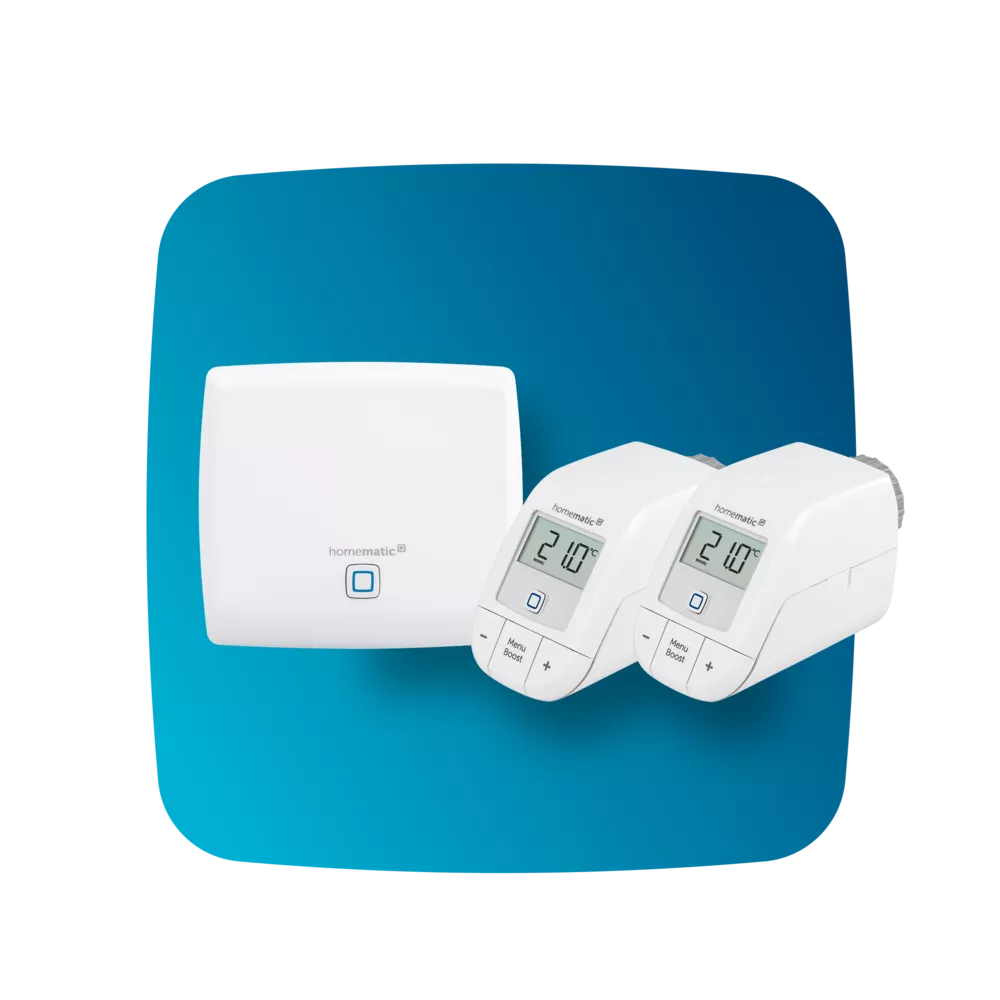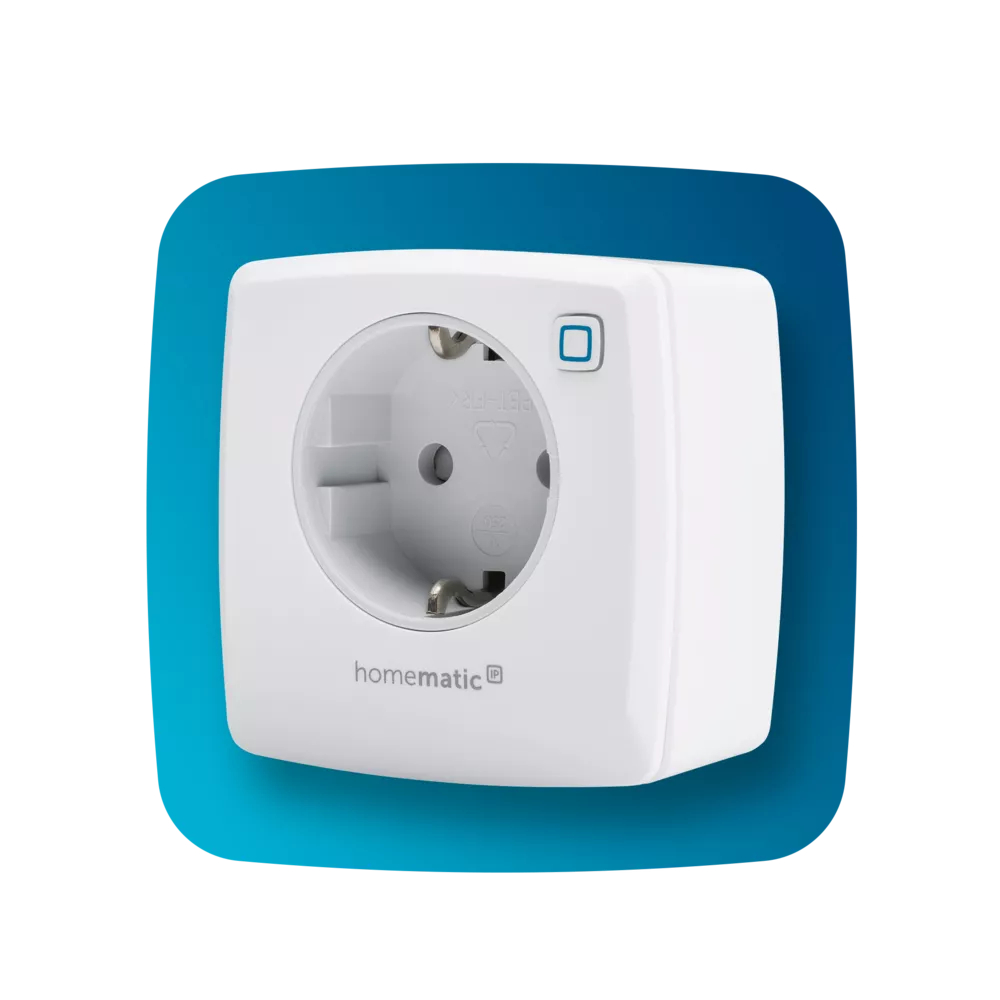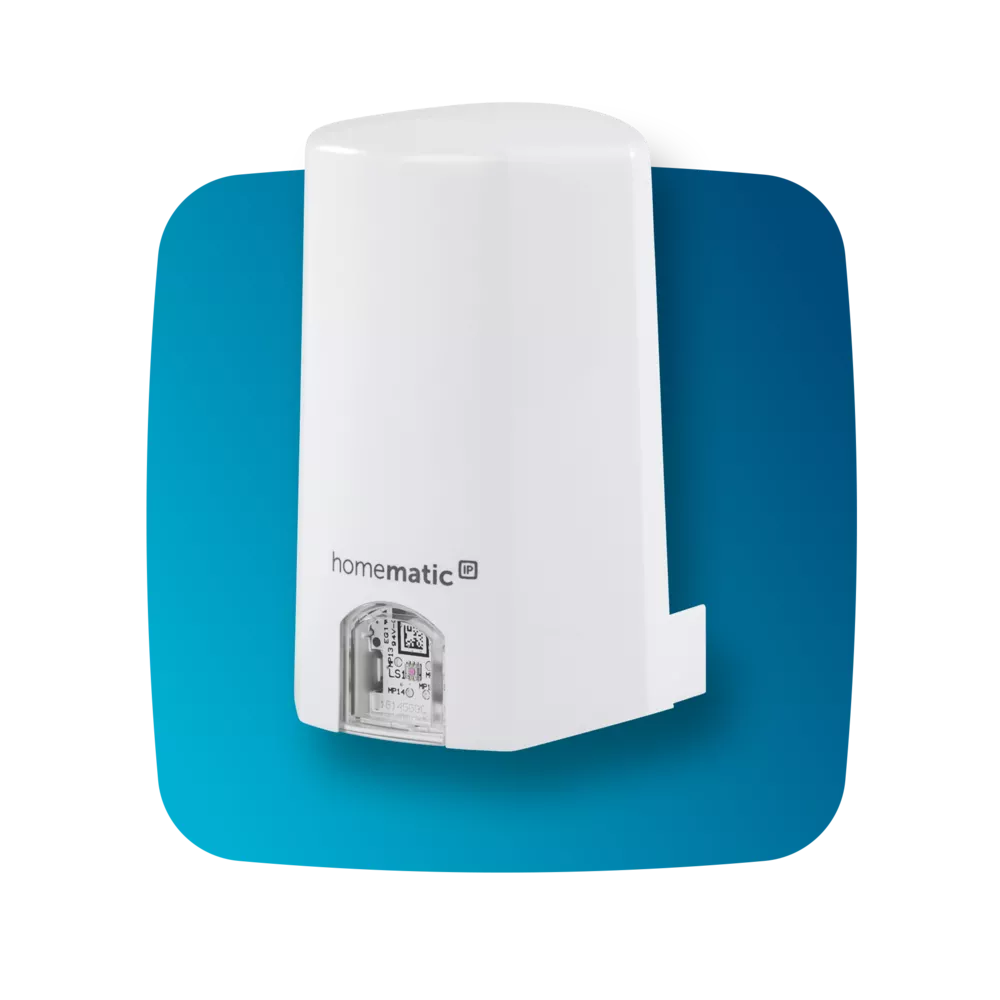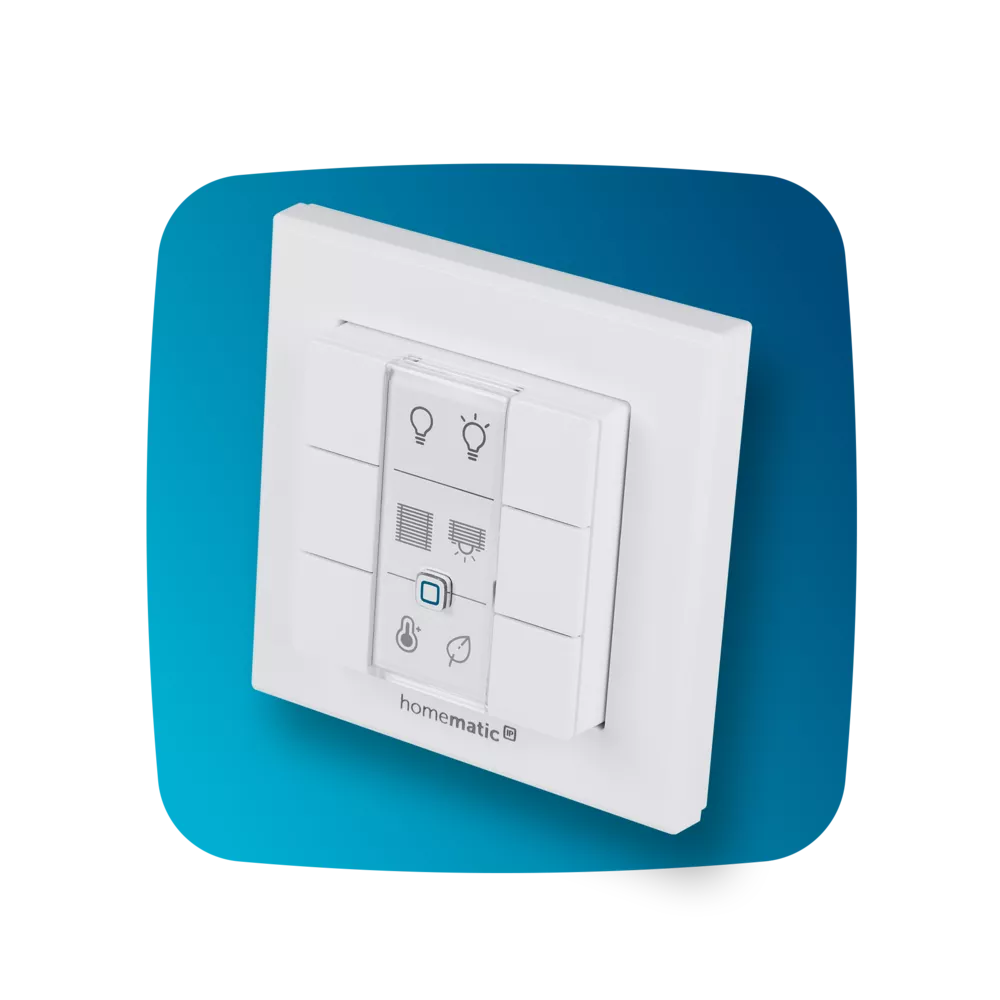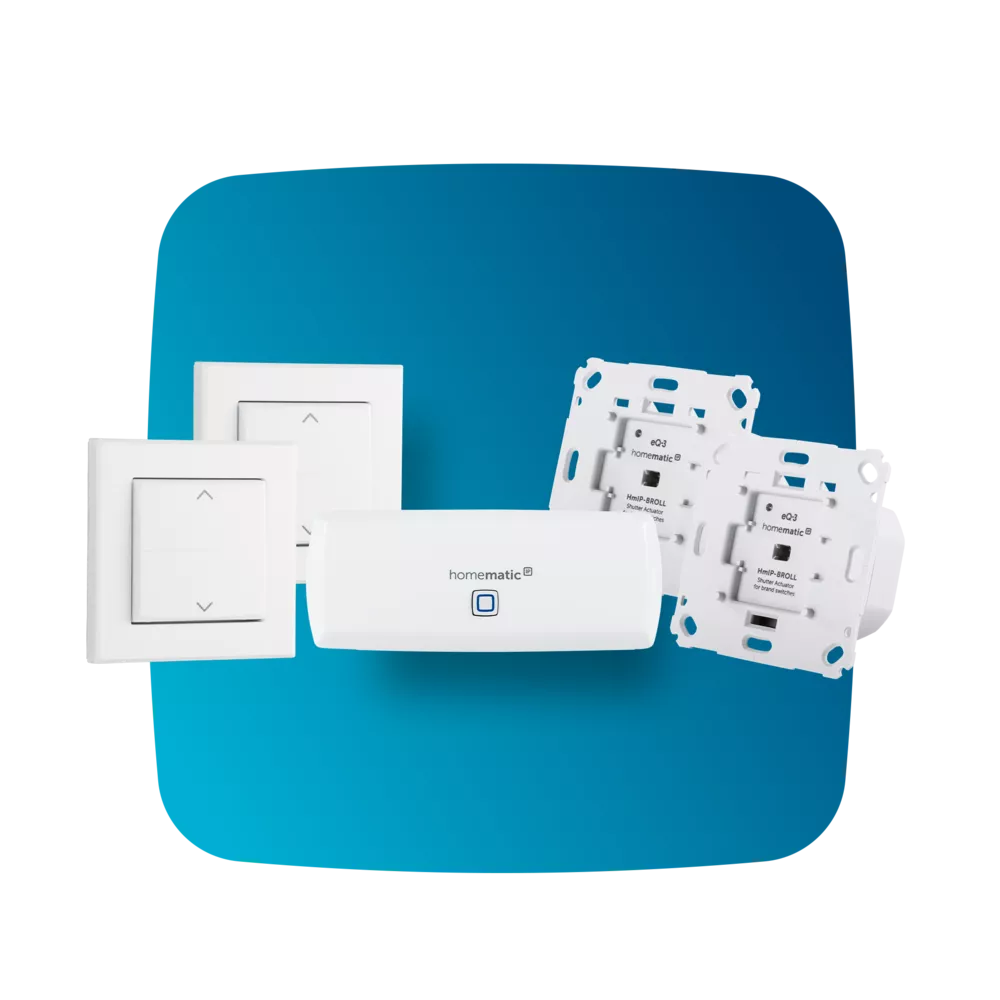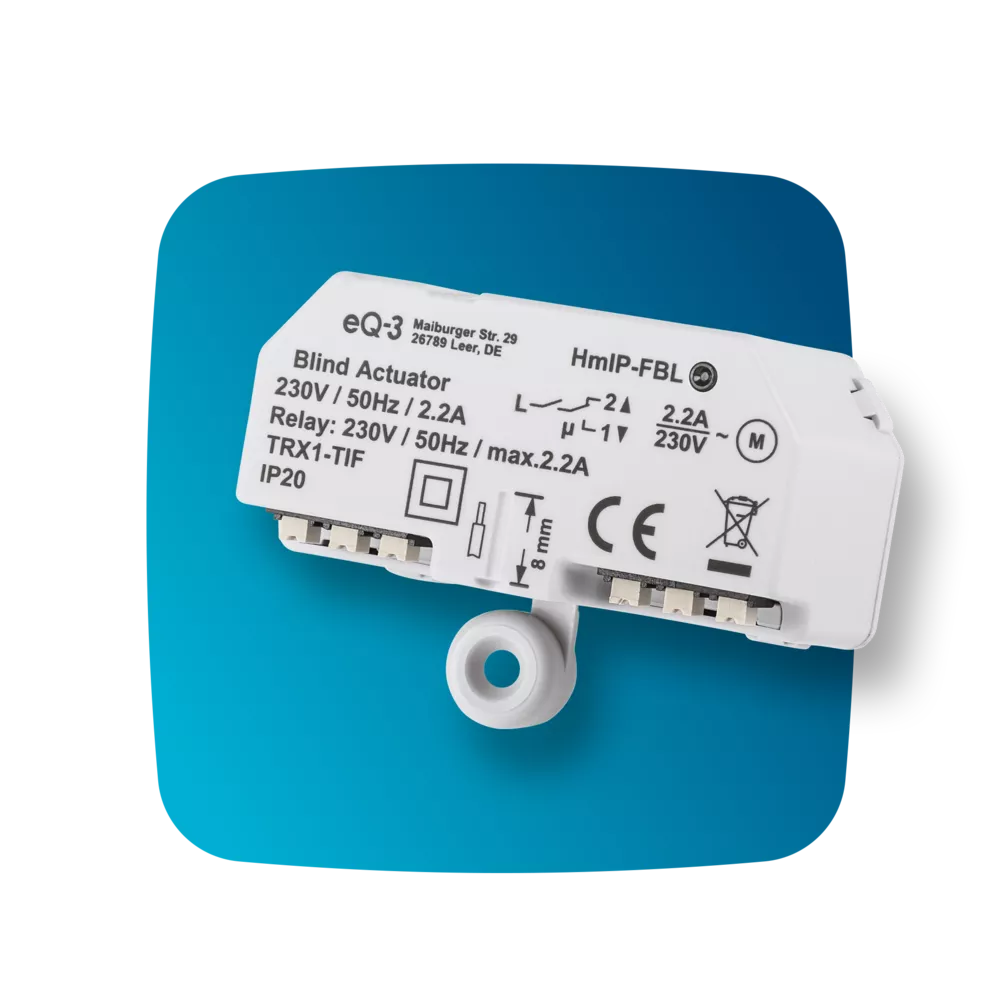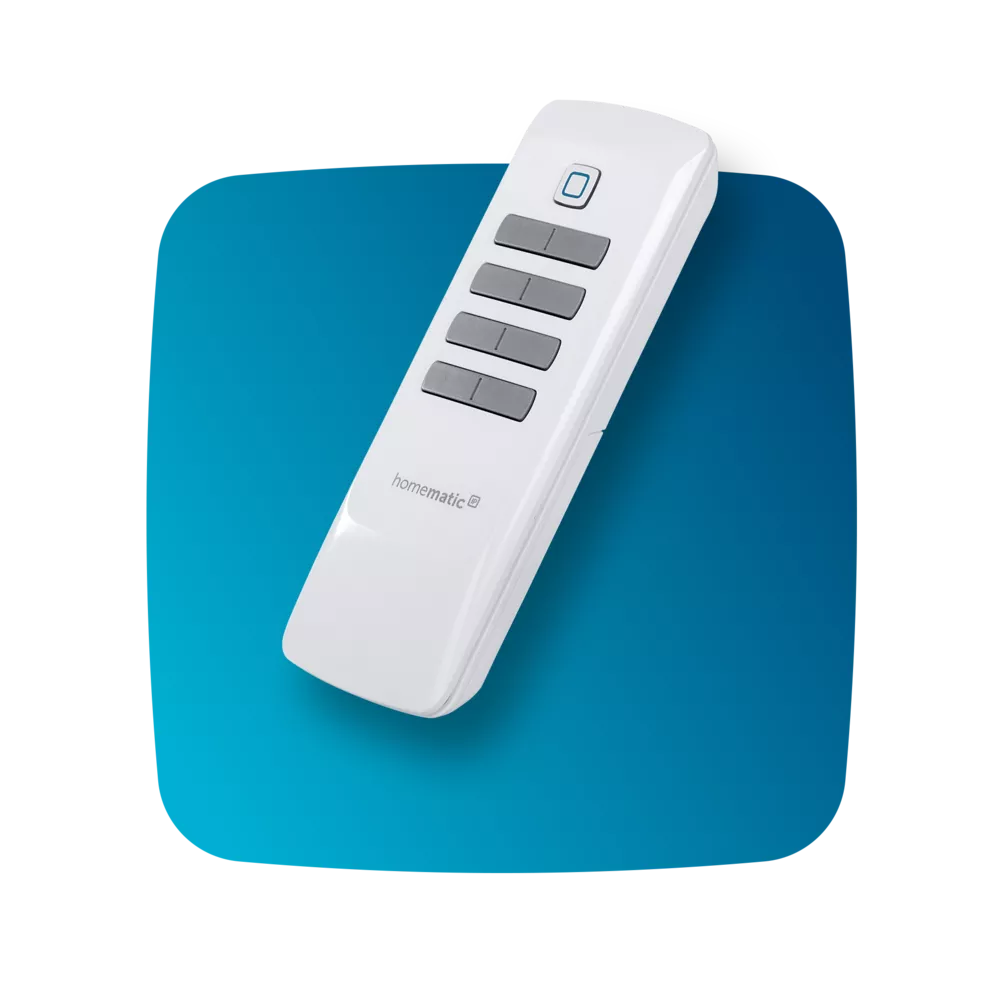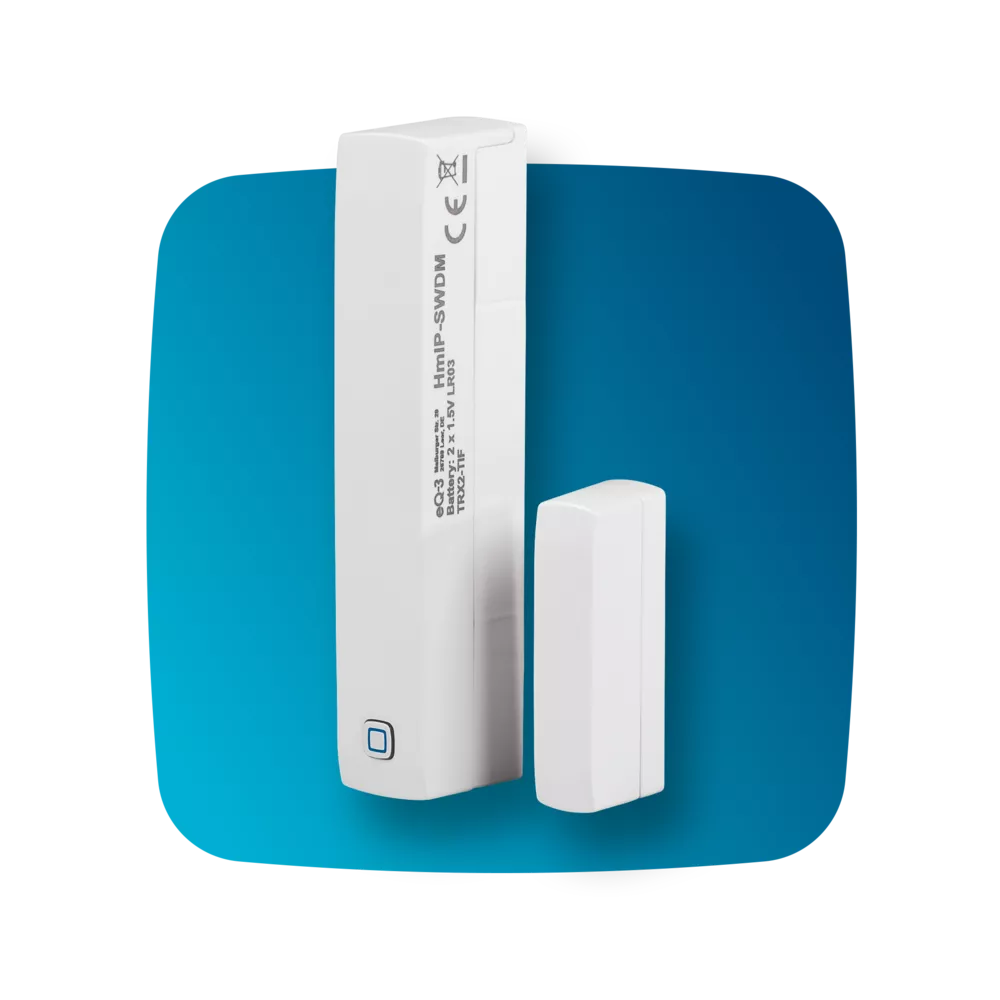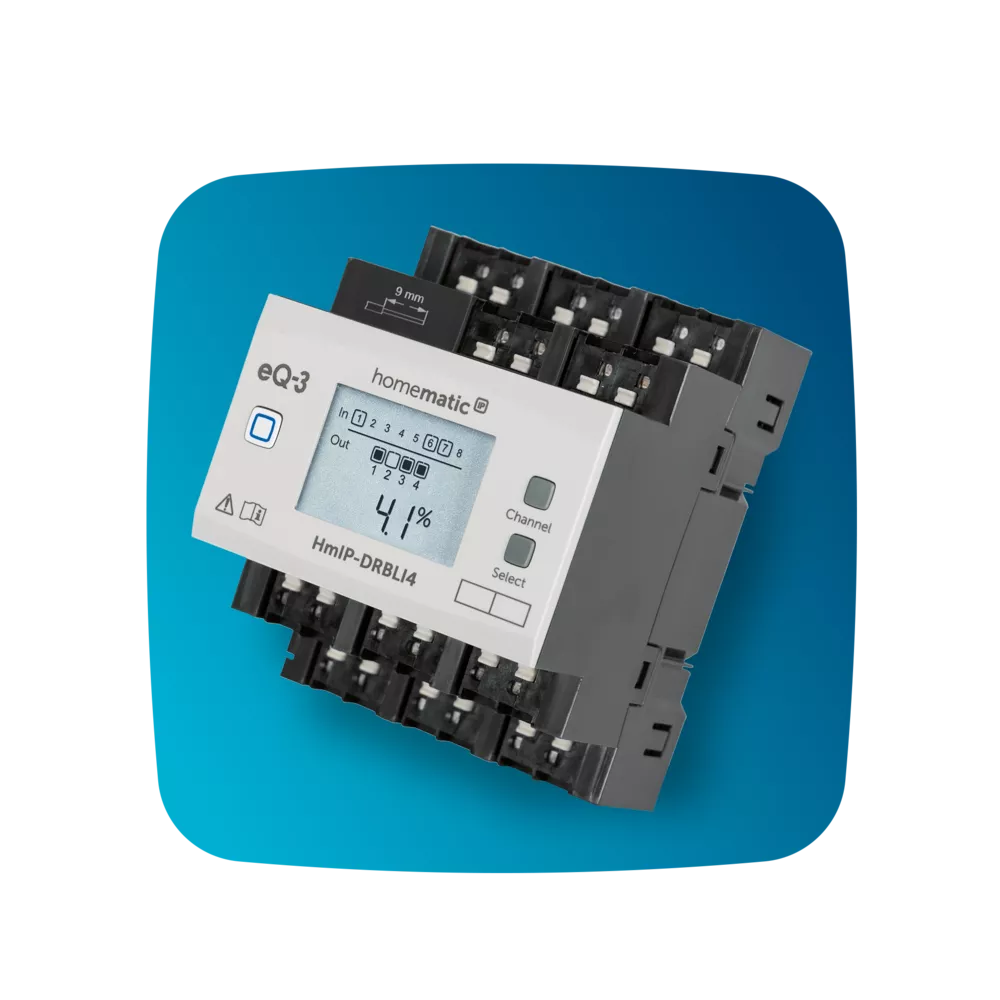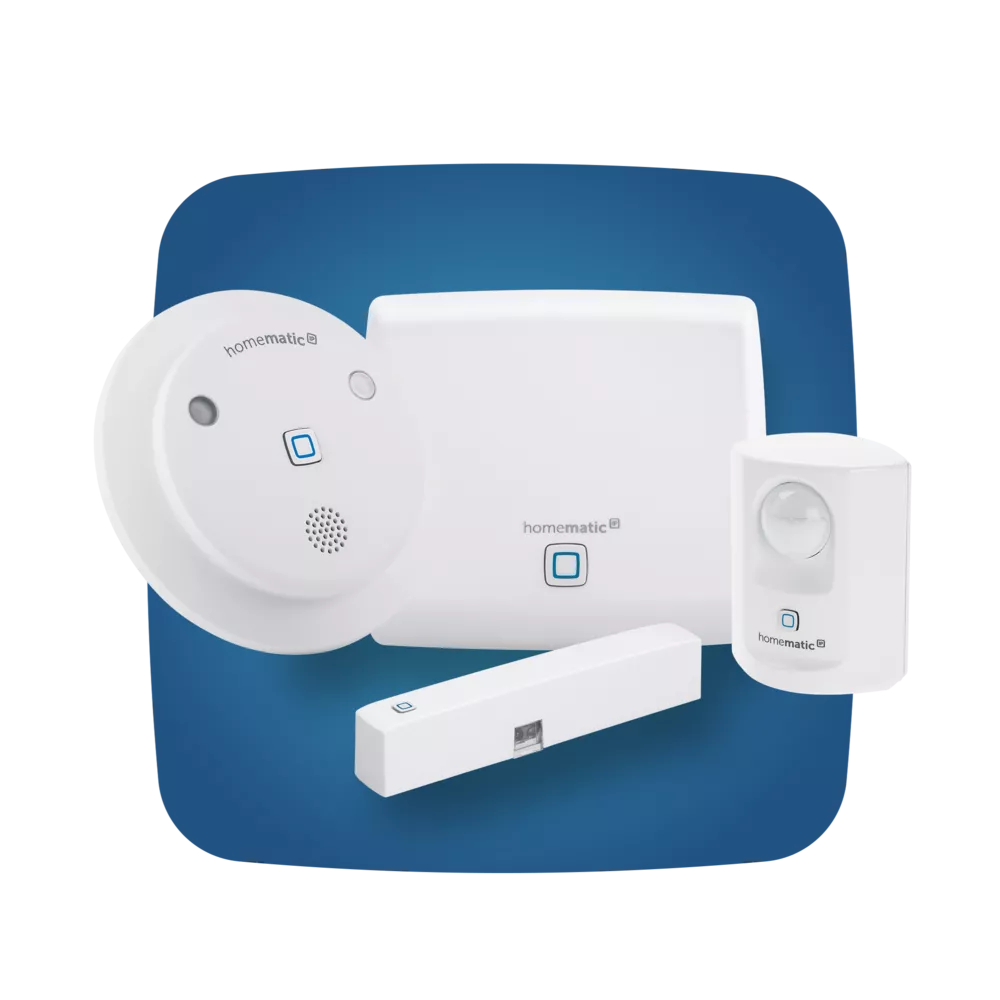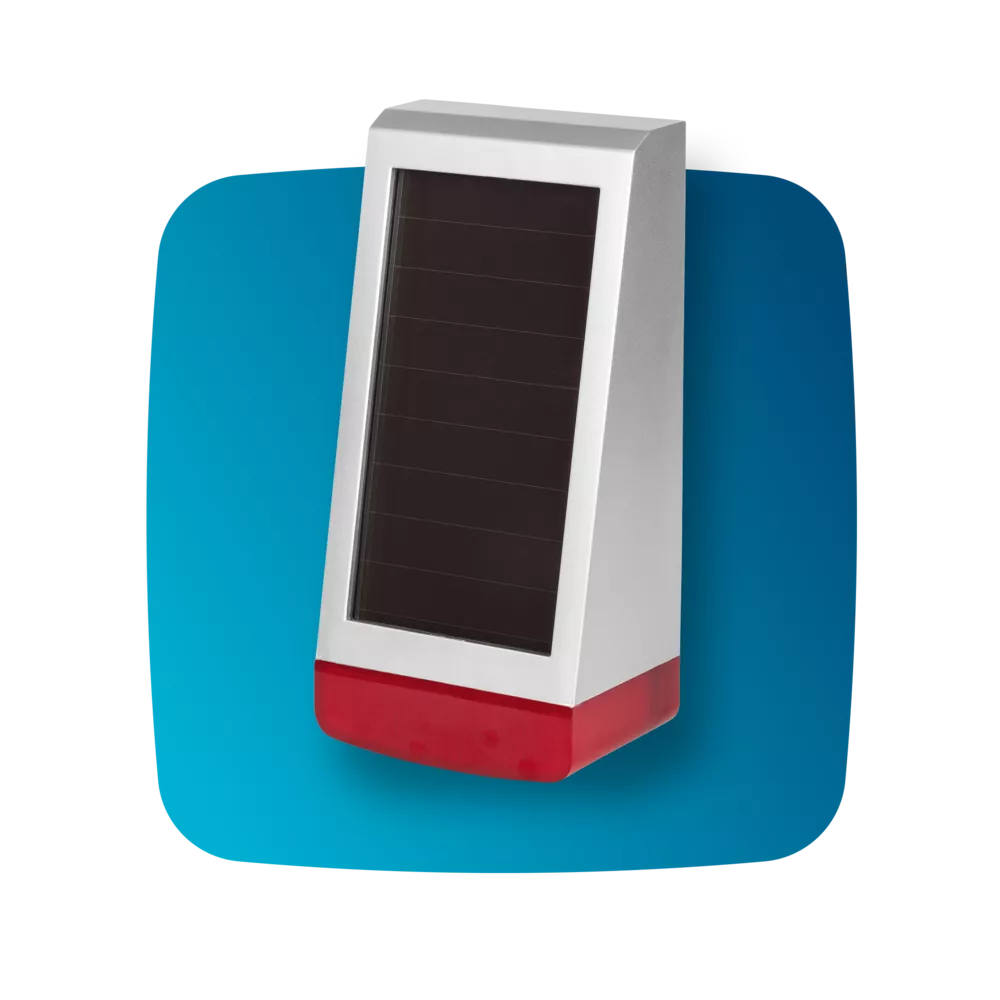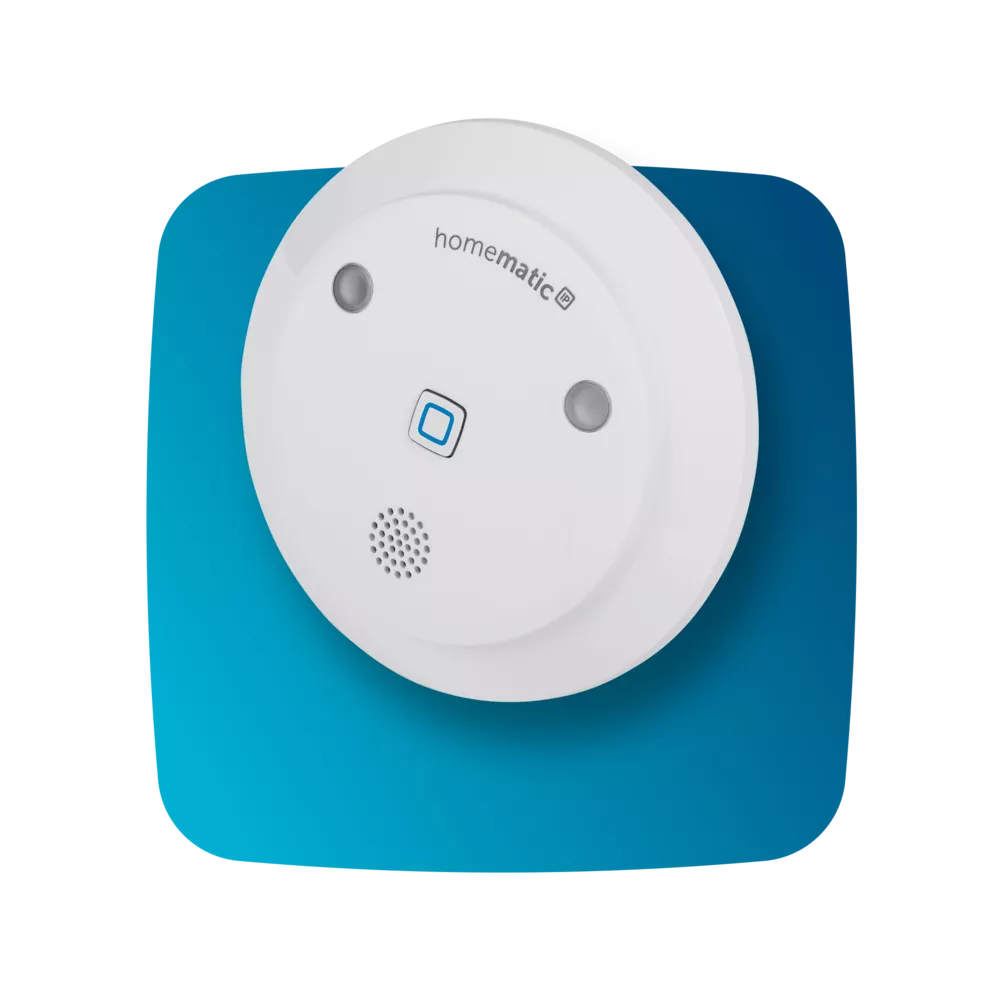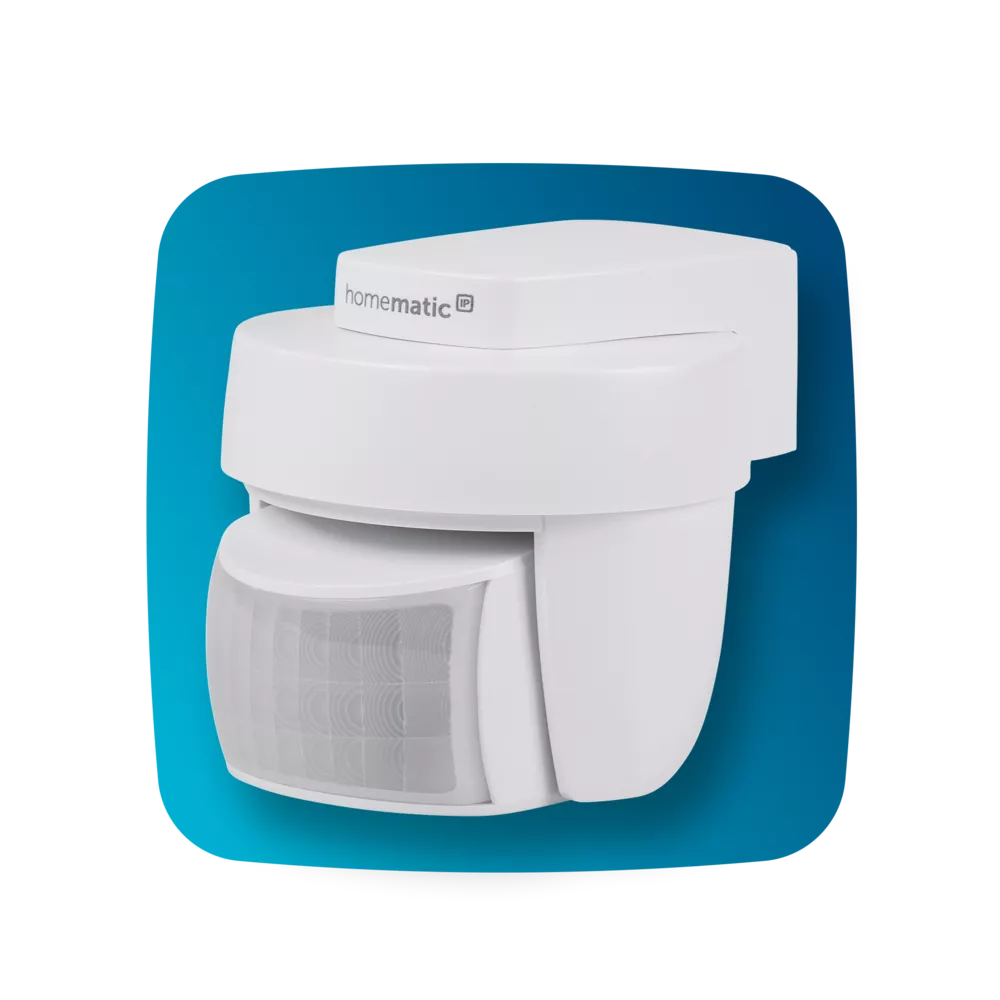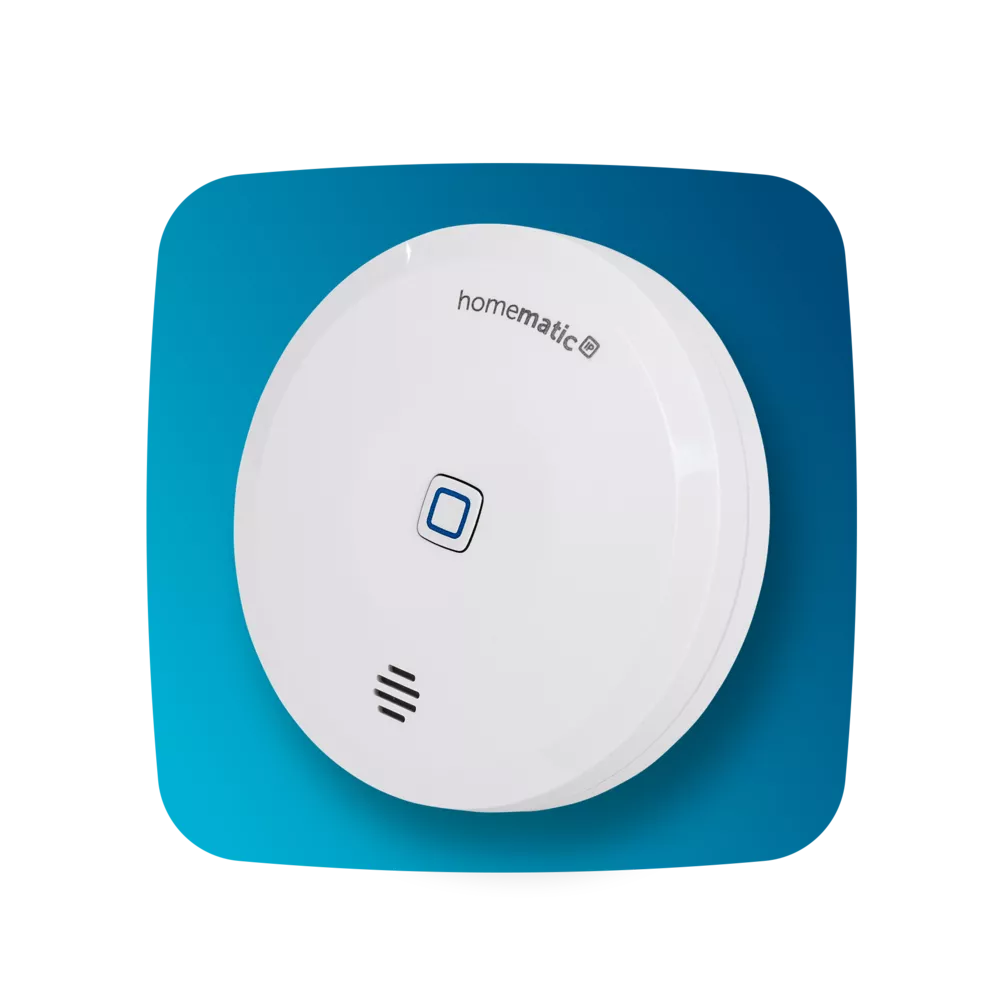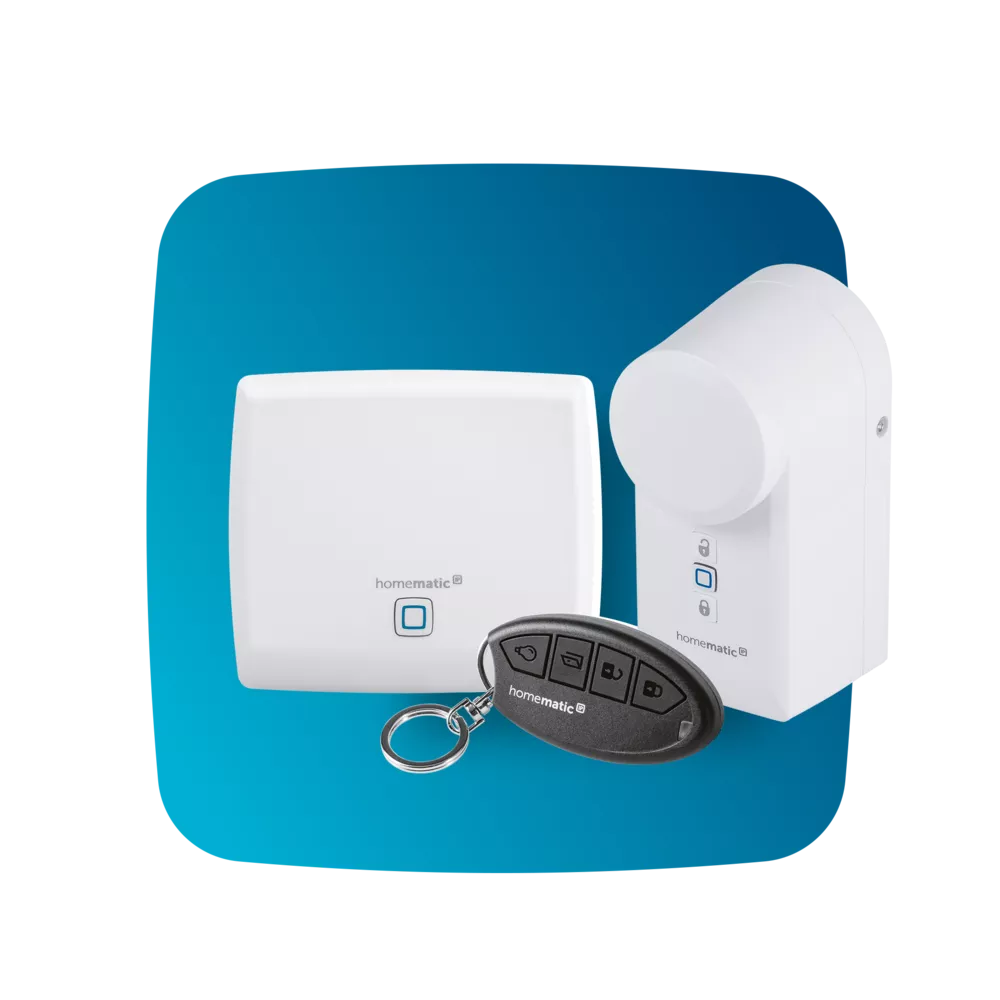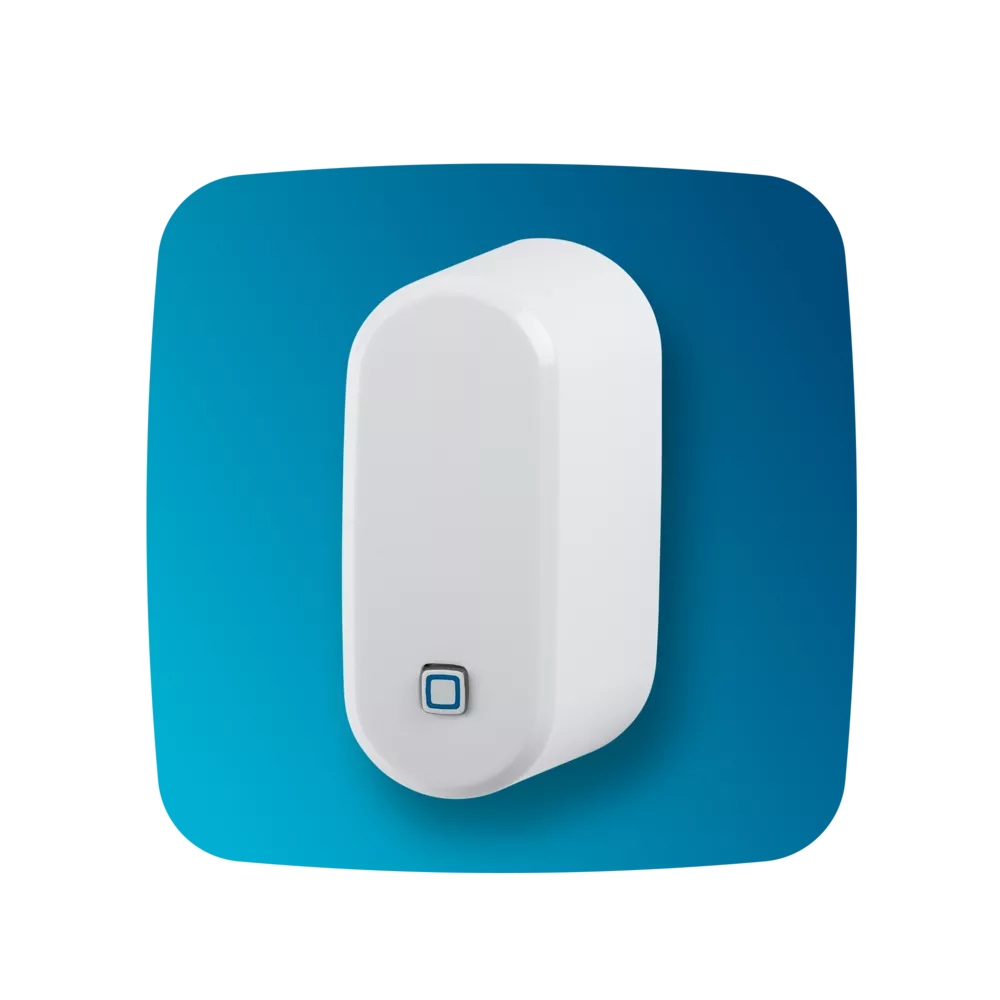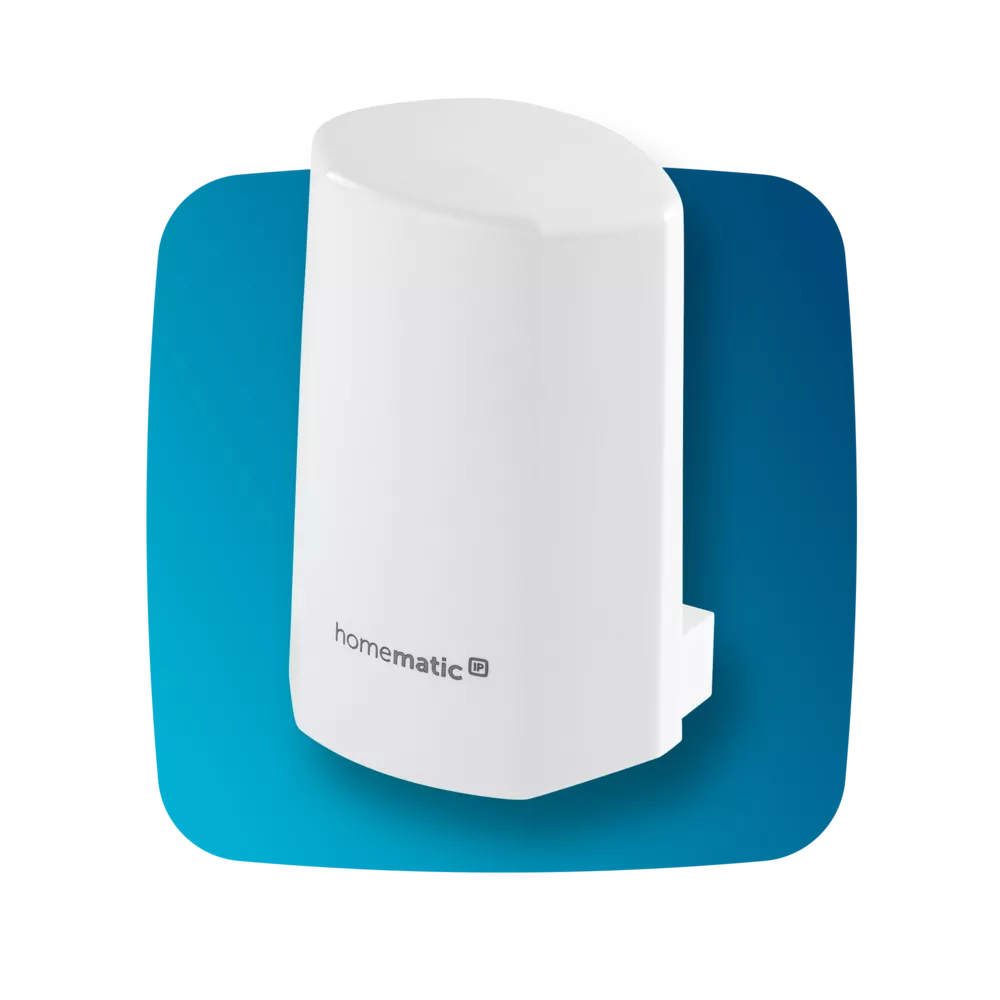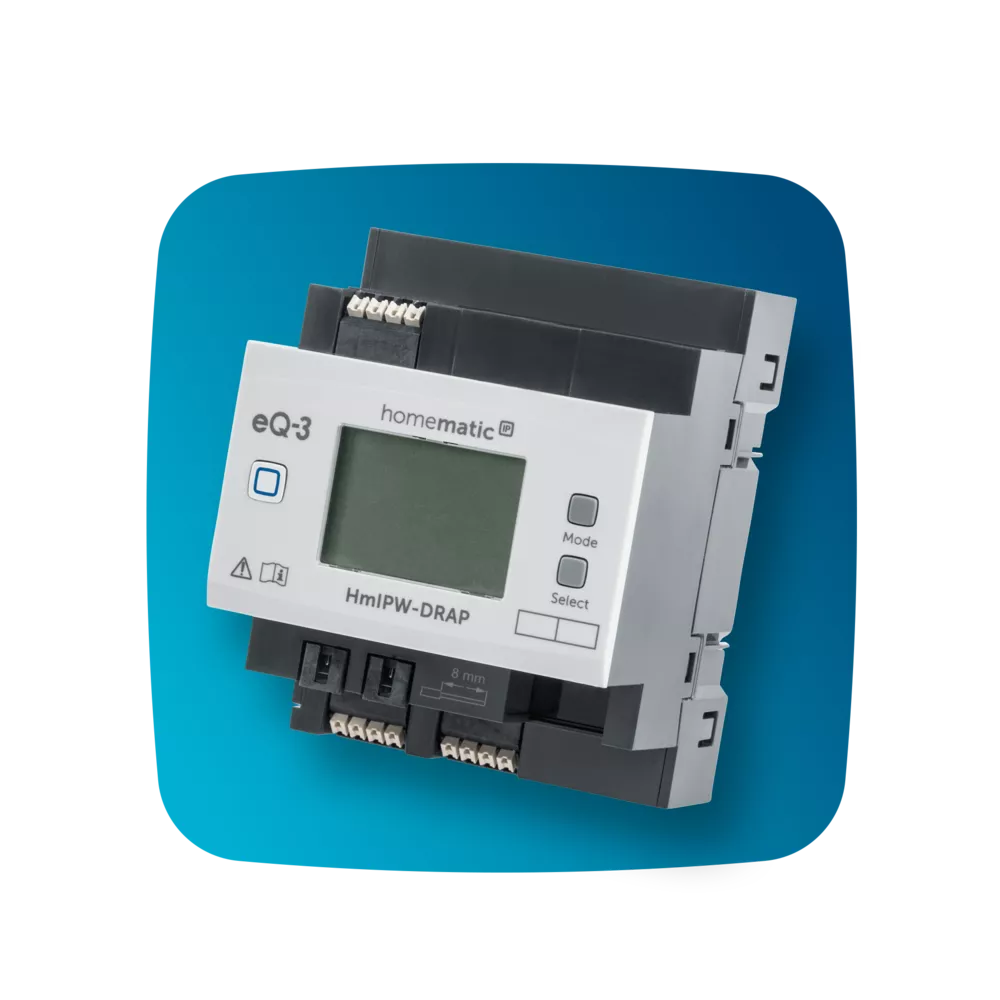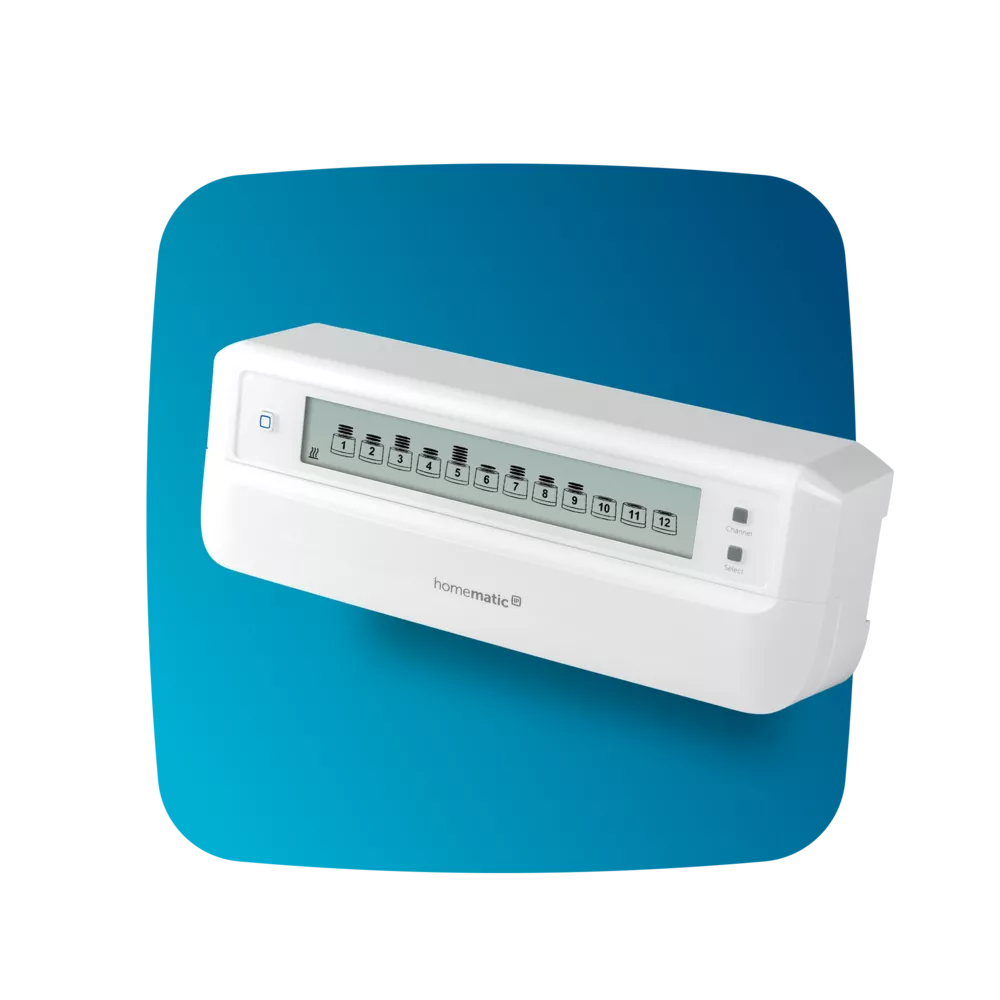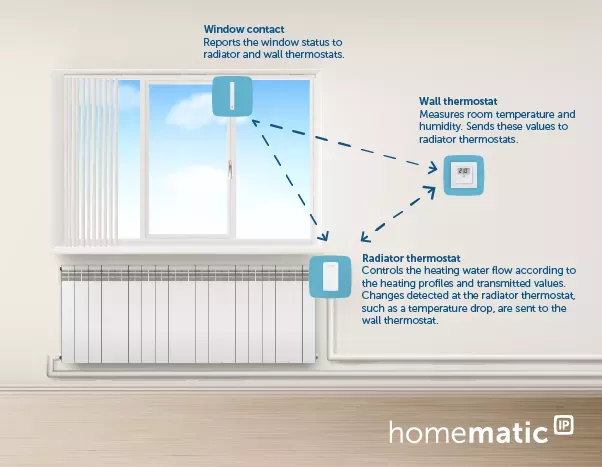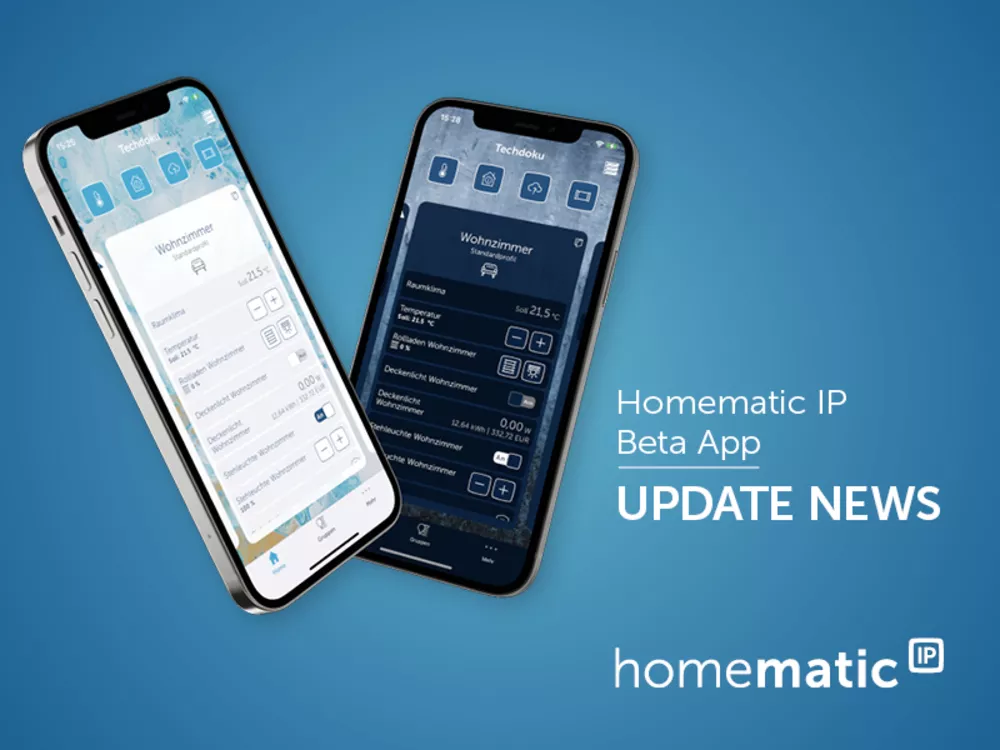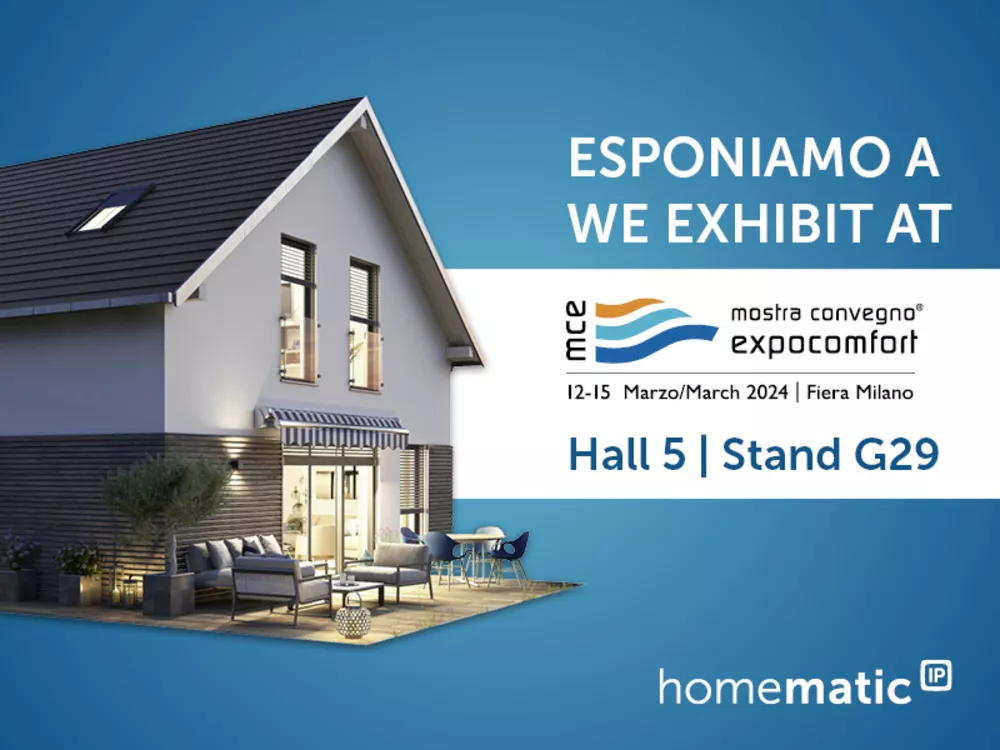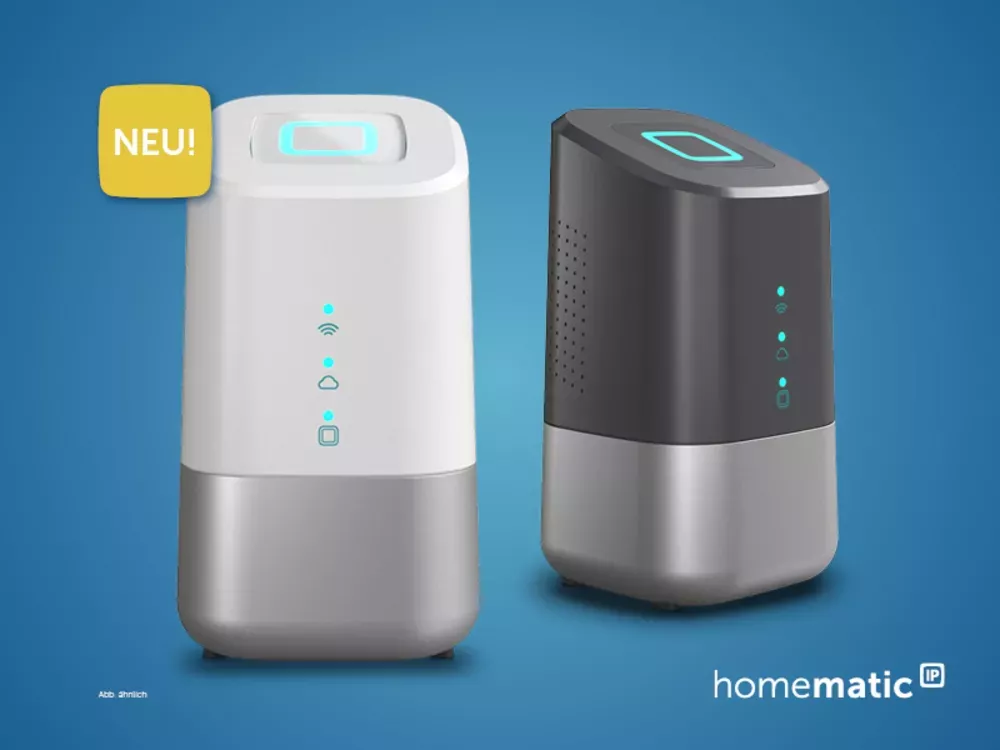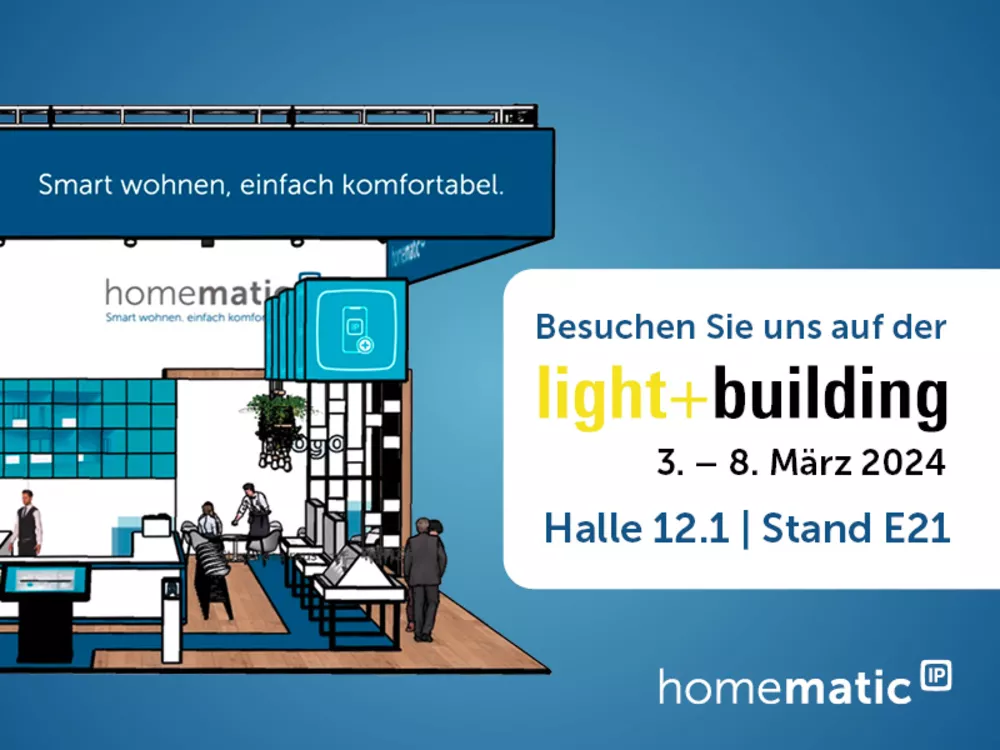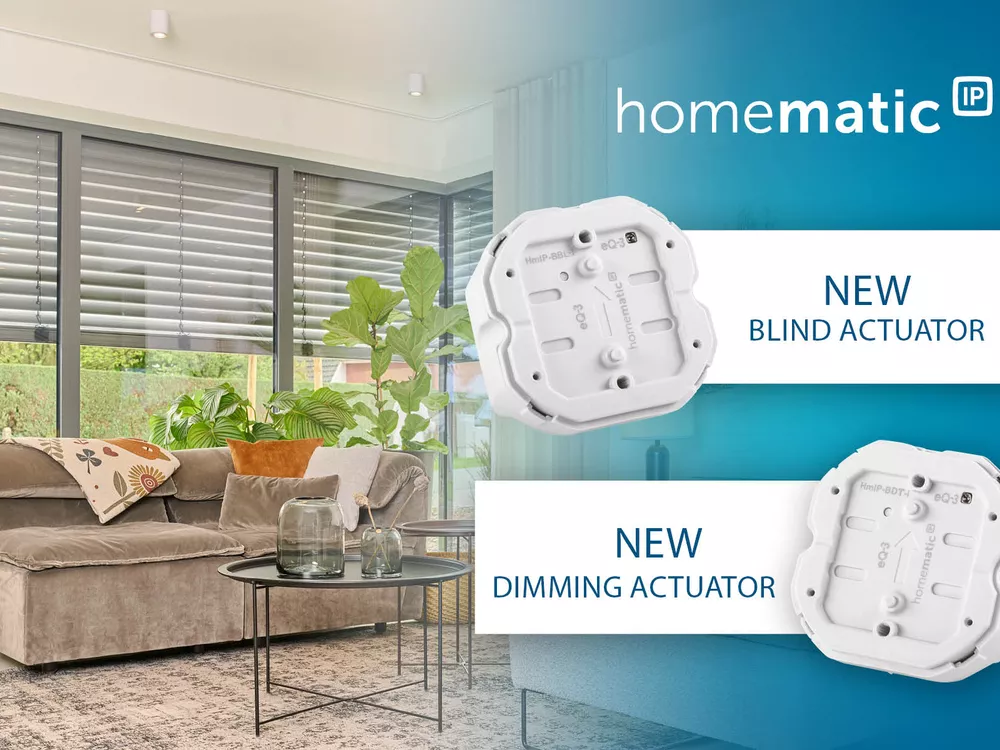High energy savings with smart heating pilot project
Heating, ventilating, saving energy: An extensive pilot project demonstrates the energy-saving potential of smart individual room control. With intelligent radiator thermostats and window contacts from Homematic IP, more than 30 % heating energy was saved in the test period compared to conventionally heated rooms. An example that should set a precedent.

The basis of the study results is not an artificial test set-up in a test laboratory, but a series of measurements from real everyday school life at the Berufsbildende Schulen II in Leer (BBS II). During the test period, from October 2021 to January 2022, the heating energy consumption of two structurally comparable parts of the BBS II building were examined. The south-eastern school wing was heated conventionally, while the north-western part was equipped with a smart individual room control system from Homematic IP. The company Natelberg Gebäudetechnik GmbH took over the professional planning and implementation of the project.
Homematic IP radiator thermostats (type: C2) provide automatic, highly efficient temperature control. The long battery life of up to five years means that the devices require little maintenance and are ideal for offices or rooms used by the public. Window contacts reliably detect and report open windows to the thermostats, which then automatically lower the set temperature as soon as the room is ventilated. This avoids unnecessary heating. The room temperature is precisely detected by wall thermostats and automatically transmitted to the radiator thermostats so that heating is only provided when necessary. Heating profiles are controlled centrally and automatically via the Homematic IP smart home control units (CCU3).
Lower costs, more climate protection
The Covid 19 pandemic confronted BBS II with special challenges during the measurement period. Regular ventilation of the classrooms generally increased the heating energy demand. Under these conditions, the strengths of the smart technology came into their own, so the trial could hardly have come at a better time for the school.
In the end, the figures speak for themselves: the intelligent individual room control by Homematic IP reduced the energy consumption of the smartly heated part of the building by 31 % compared to conventional heating. By simply retrofitting smart radiator thermostats and window contacts, the energy consumption - and thus also the CO2 emissions - could be reduced by almost a third; without any complex and expensive renovation measures or even new buildings.
The actual savings are even greater. Why? The smart part of the building could hardly benefit from the natural heating by solar radiation due to its north-west location - in contrast to the conventionally heated south-east wing, which was fully illuminated by the sun, especially during teaching time, from morning to early afternoon. If you include the solar yield, the advantage of the intelligent individual room control becomes even clearer. This even results in a potential energy saving of around 40 %.
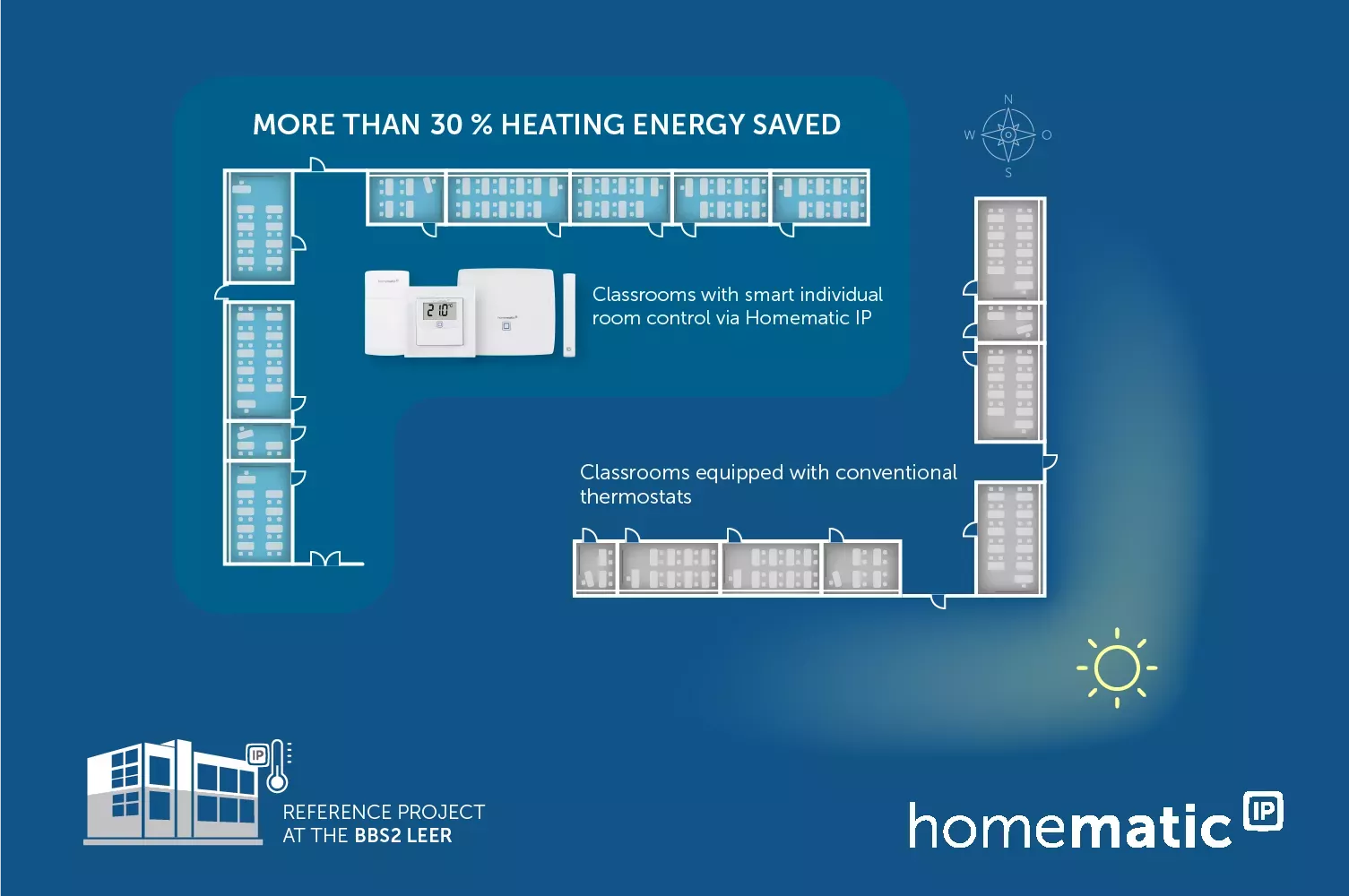
The model test in overview: While the south-eastern part of the building is heated conventionally, the smart individual room control system from Homematic IP is used in the north-western wing. The heating energy consumption of both parts of the building is measured separately.

